|
Another year, another science fair! For the past few months, our students have been working hard on their group science fair projects, and their end results were amazing! In their groups, they collected a wealth of data and have been working diligently over the last couple weeks to analyze their data, write a report, and complete their presentations. Students also had to follow detailed criteria as they created the scientific report on their process, including inserting pictures and making graphs of their recorded results. This type of project is extremely important for our students, and provides a chance to exercise skills like leadership, teamwork, executive functioning, research and analysis, and sequence and processing. Through their studies, they discovered some awesome results; ice melts fastest in water, Zipoloc is the best for fingerprints, and people just don't really like green cupcakes! We are so proud of them and all their incredible perseverance in thinking like real scientists - congratulations you guys!
0 Comments
The weather is turning colder, but that doesn't mean our learning has to freeze! We've been doing some great hands-on work in Science to help stretch our brains, and truly start to understand the world around us.
Recently, we took an amazing trip to the Academy of Sciences to study genealogy and beneficial traits. Students got to interact with exhibits showcasing different changes in geological makeup, and watch how beneficial mutations stay with certain species throughout their evolution. It's such a great opportunity to see this stuff in person and interact with it, and really helps to connect the dots from scientific concepts to real life! Hurray for Experiential Learning! We have also been working on prepping for the great San Francisco Science Fair, which all students will be participating in this winter. After discussing how to create scientific claims and questions, students will chose a topic relevant to them and begin their research. This prep work is invaluable for high school, and requires students to exercise team work, critical thinking, scientific language and process, executive functioning, and statistics in order to properly test their hypothesis. There are so many curious and creative minds in our class - we can't wait to see what they chose to study! What makes Science even better? Making it edible! This week, our students learned the intricacies of molecules digging in hands-on, and building their own molecules out of gumdrops and toothpicks. Using an explicit labeling system, we color-coded our candy to match different elements, and took those elements to the next phase to create our molecules. Students even used a variety of toothpicks to represent stronger bonds between elements! Try using edible elements with your child at home to remember chemistry - it's a treat!
This week at MCS, we jumped in feet first to study the makeup of all things in our world - Matter! Everything in our world is made of matter, and it takes on many different forms, densities, and weights. Through hands-on experiments at home, students were able to observe how density of some objects can change if subjected to different environments, even if it's matter does not.
Students blew up balloons to help illustrate how even air has density, even though we can't see it. By comparing a blown up balloon in a bucket of water to a flat balloon, we noticed that the air inside changed the buoyancy of the balloon, and therefore its density. Similarly, when we placed a blown up balloon in a freezer, we saw it change shape as the air inside cooled down - again changing its density. Who knew studying air could be such a gas?! Try doing some science experiments like this at home and see what you discover! The cells in our bodies do amazing things! They run our organs, repair skin, and keep us healthy as we grow. This week, we got to investigate the workings of our own cells and the scientific makeup of human beings at the Exploratorium. It's not enough to just read about what's going on microscopically inside us; you've got to see it in action to really witness the magic. We saw our skin up close, got to study the differences between our facial structures, and even saw cells in a living heart! Students also noted different skin types and the bacteria found there (gross, yes. Interesting? Definitely!)
Our cells are impressive, but the way our senses help us understand the world around us is also incredible. Students dove into exhibits about perception, sound, and the physics of color and light to discover how our brains make sense of the world! So amazing to see the incredible machine that is the human body at work! Ah, Cal Academy - learning hands-on at it's best! For us at MCS, the California Academy of Sciences is a perfect place for our students to explore scientific concepts first hand, and marvel at our world in an extremely experiential way. This week, our students headed out to the Academy to investigate how genes work, and the different ways animals adapt to their environment to survive. By studying animals that change markings over time, or adjust their colors to warn other predators, students were able to trace the genealogy of these animals and discover which traits were successful enough to pass down to future generations! Students then dove deeper and connected this to dominant and recessive genes, discovering which eye color was passed down in their families, how various physical traits are passed, and which features humans have retained after our first migration across the globe. Way to go to our Genealogists for being so investigative!
As our world gets warmer, slowly consumed by trash and negative human impacts, it is more important than ever that we take a stand for our planet. This month, our students wanted to make sure their voices were heard by attending the Climate Crisis March in downtown San Francisco. Together, they joined thousands of passionate students from all over the Bay Area (and the world) to march in a fight for the future of our environment. Calls for action and responsibility were made throughout the streets as students carried so many handmade signs and flyers. It is so important that we work towards a better future, and so dire that students stand up for theirs - we are so proud of them!
With the world in its current state, we are quickly running out of fossil fuels, and are digging a larger and larger whole in our ozone. Our environment needs help, and won't be sustainable without appropriate action from humanity. As our Science class discussed when talking about energy, the current system of fuel is insufficient for producing what humanity needs long (or even short) term. By protesting in solidation with the powerful Greta Thunberg for renewable energy, our students are hoping to bring about action towards saving our world and their home. Visit the Climate Reality Project to learn about what you can do to spread awareness and help protect our planet today! We're off to save the ocean! For the past month, MCS students have been working so hard on their Ocean Ambassador projects, and this week they finally got to showcase their work! The Ocean Ambassador Program at the Marine Mammal Center in Marin helps to inspire middle school students to become spokespeople for the environment, and jumpstart a new generation of young scientists. Our students, along with students from other local middle schools, created a variety of projects focused on saving marine life around us to share with others, and inspire them to stand up for our animal friends! By inventing new things, fundraising with handmade novelties, and even building board games, students at MCS were able to share their concern about the ocean with other schools and students. Collectively, our students raised over $400 for the Marine Mammal Center, which will go towards researching environmental conservation and providing homes for many of our displaced animals. MCS even caught attention from other schools with one of our students' Ocean Fact Mad Libs, which will hopefully be used to teach kids in other places about protecting the environment! We are so proud of these guys, and all their hard work! Yay saving the environment!
Our natural resources are drastically depleting, and MCS is taking steps to help preserve them! This past week, students and teachers when on a Marsh adventure to study the world around them and plant native greenery to help restore the environment. Knowing the difference between native and non-native plants is extremely important, as planting non-native plants in an already struggling environment could cause drastic damage to the ecosystem. By planting and replanting native plants, MCS students were able to maintain the marshlands without disrupting it's natural ecosystem. While working in the marshlands, students also learned a lot about the animals and other creatures living there. The Salt Marsh Harvest Mouse, which only lives in the San Francisco Bay, is slowly going extinct because it's habitat is being neglected and in some cases demolished. Currently, there are only 2000 of them left! Hopefully with our help, and that of other concerned biologists, we can save this little creature from extinction. Get involved and sign up to help preserve our wetlands here today!
We're constantly using energy in our everyday lives; from when we wake up in the morning, to writing a paper or playing on the playground. Today MCS made sparks fly by taking a trip to the Exploratorium to experience what gives different objects in our world that unique electric kick. Through our work in Physics and applied sciences, students were able to discover new forms of energy that flow all around us every day. We learned about gravity and how it is affected in black holes, wind and water powered mechanisms, and even how sound waves travel! Who knew our planet was so energetic! Not only did we jump into Kinetic Energy, but students also got to experience the travel of various wave energies and their forms. From ocean waves to radio waves, we're saying hello to each and every one! Now that's what we call Physics!
|
Categories
All
Archives
June 2022
|

|
|
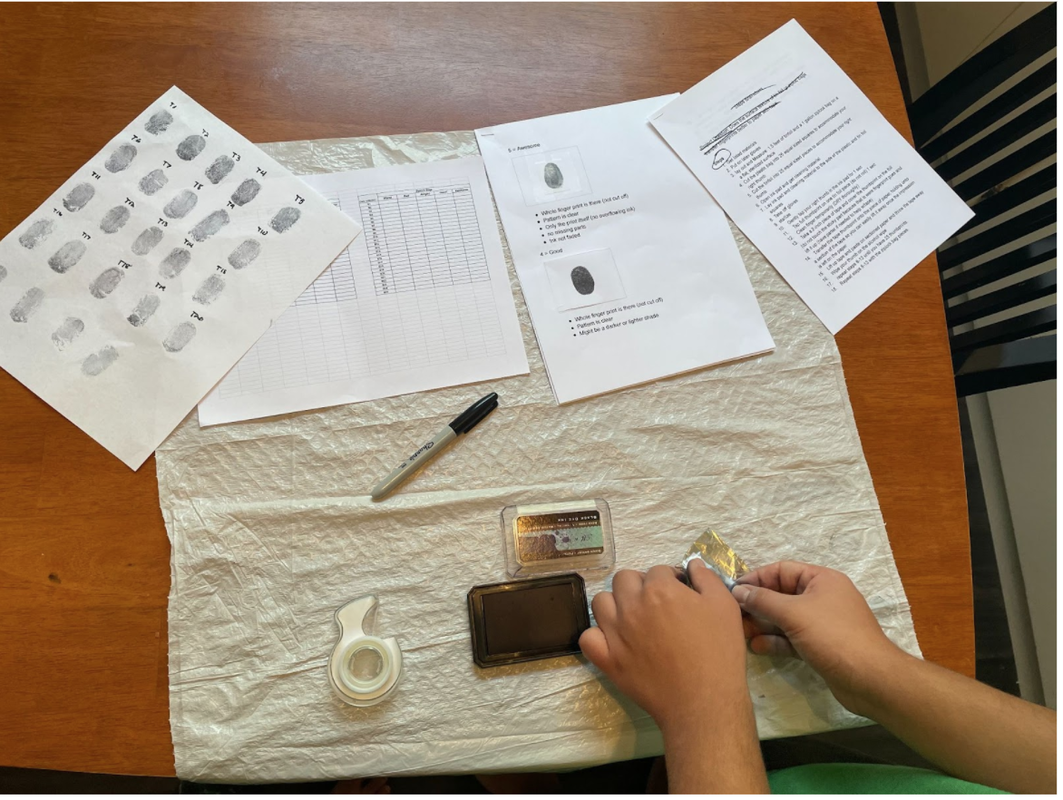
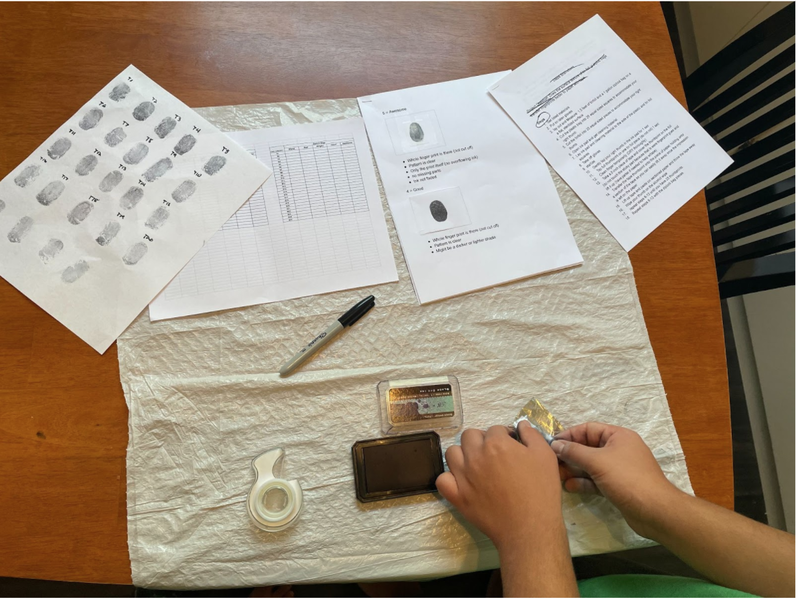
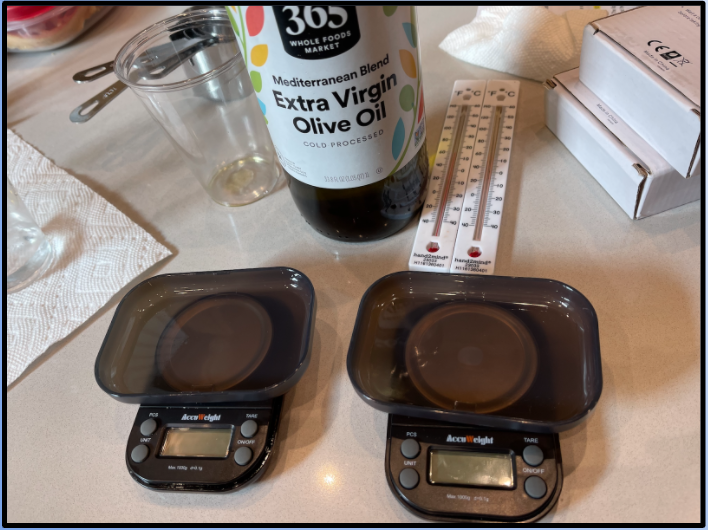
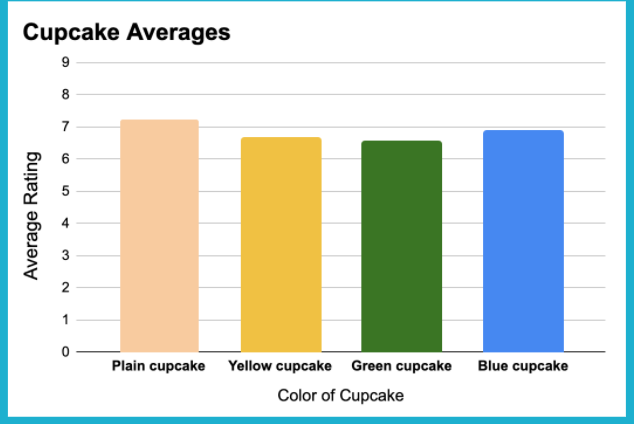
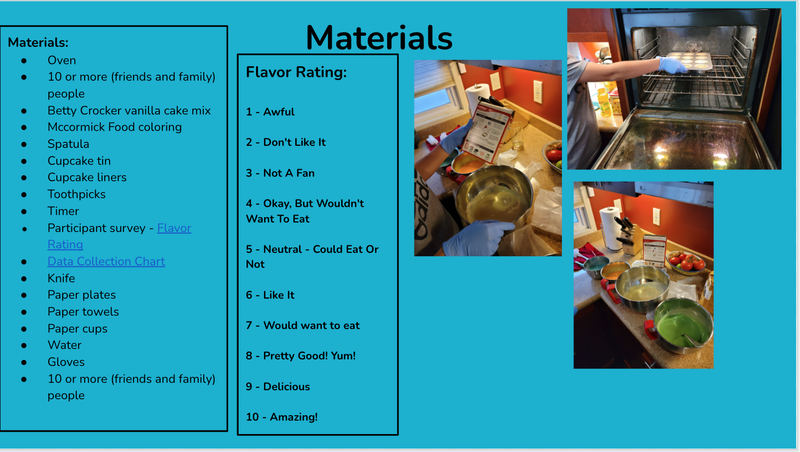
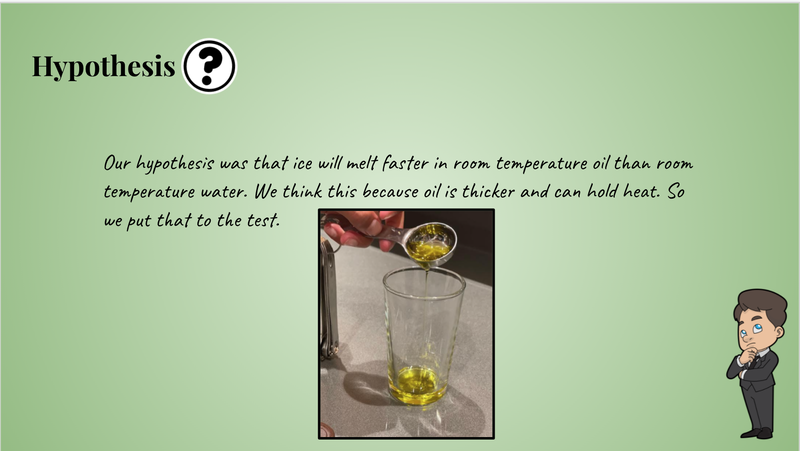
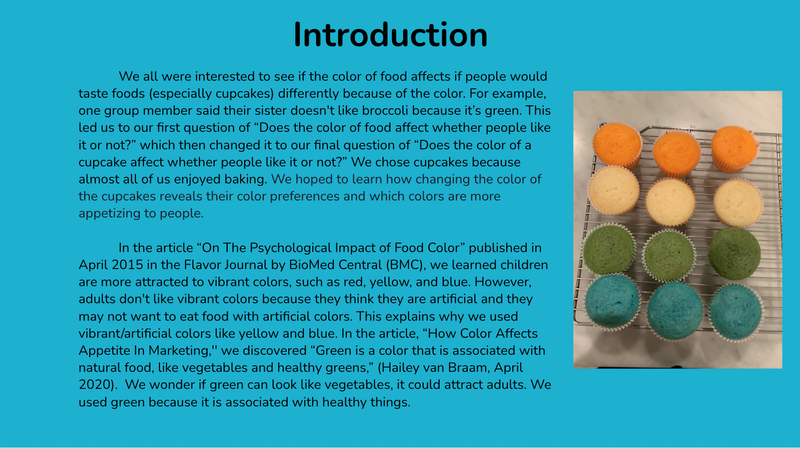
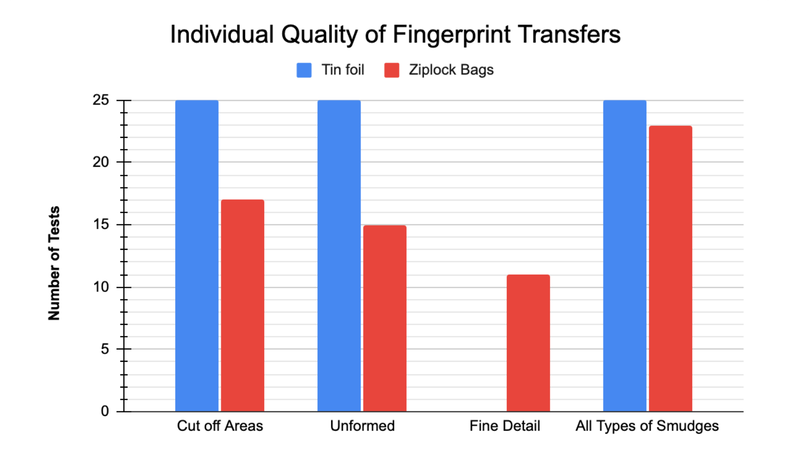
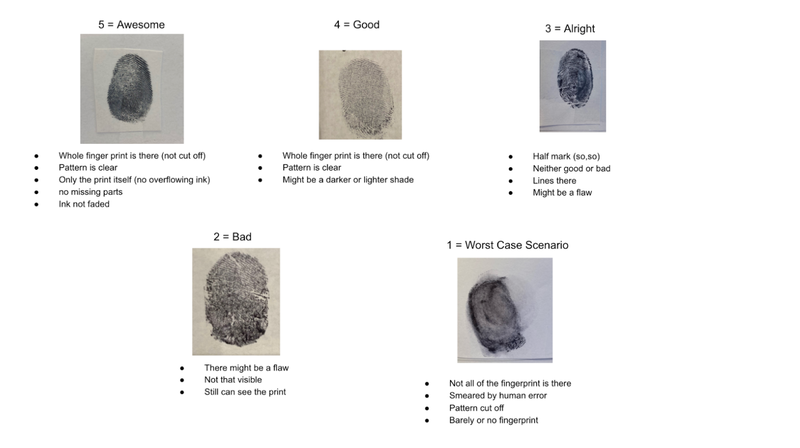
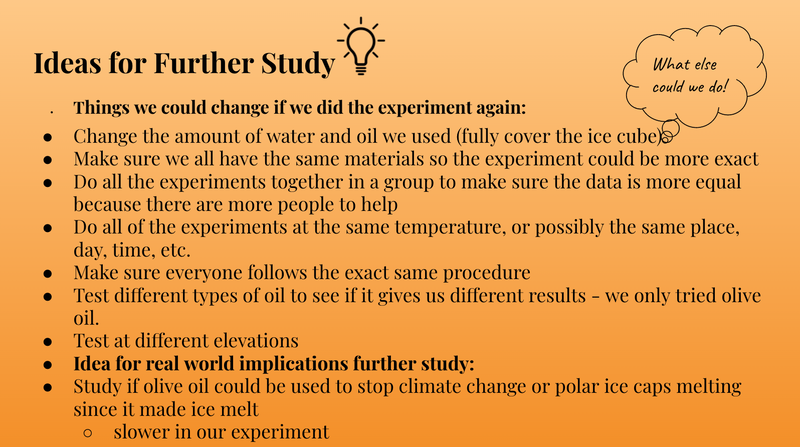
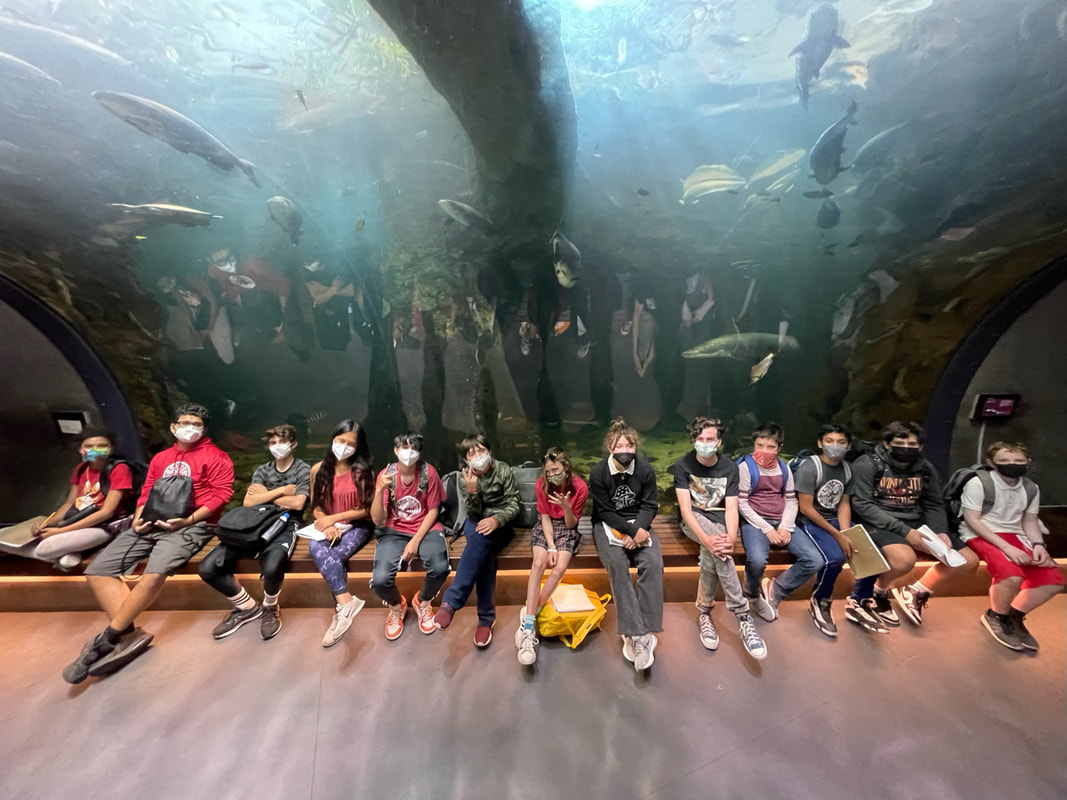
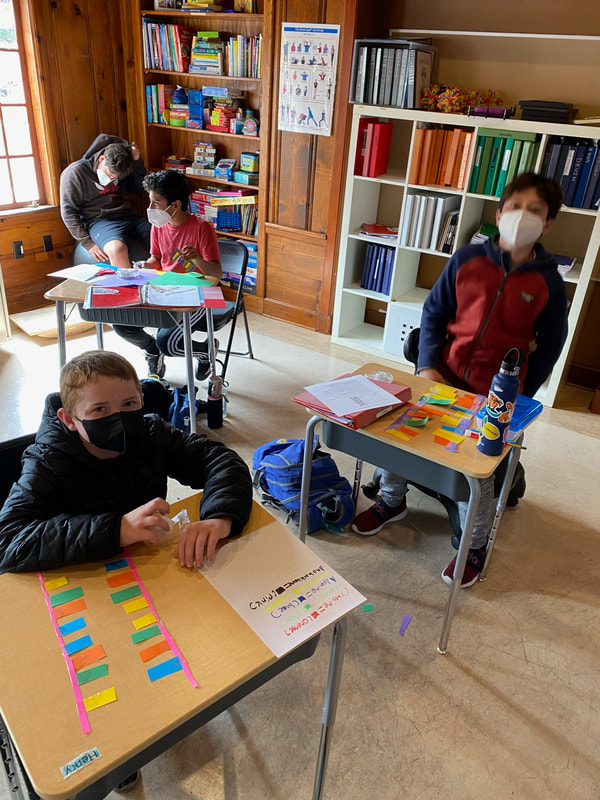
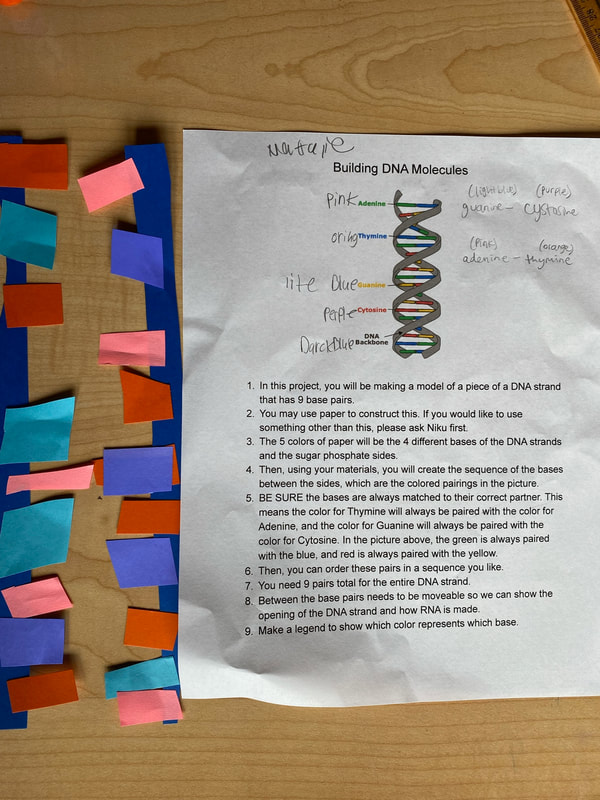
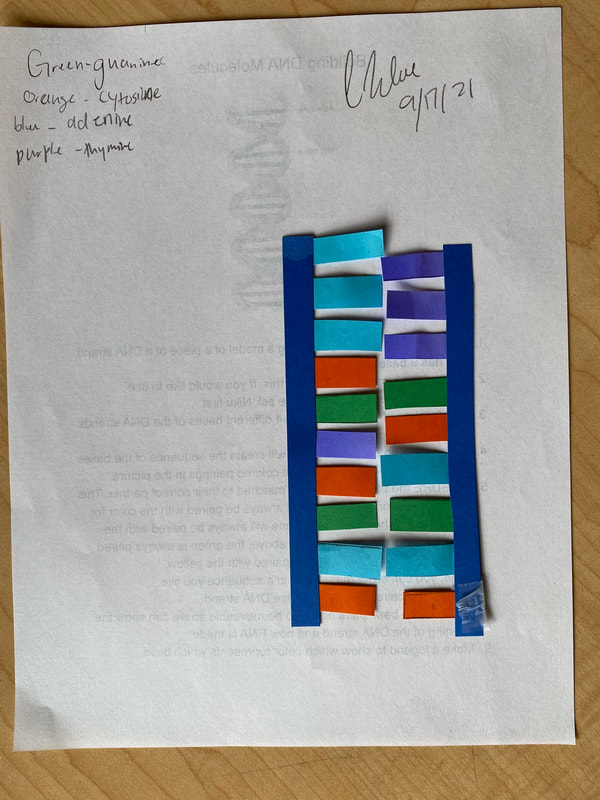

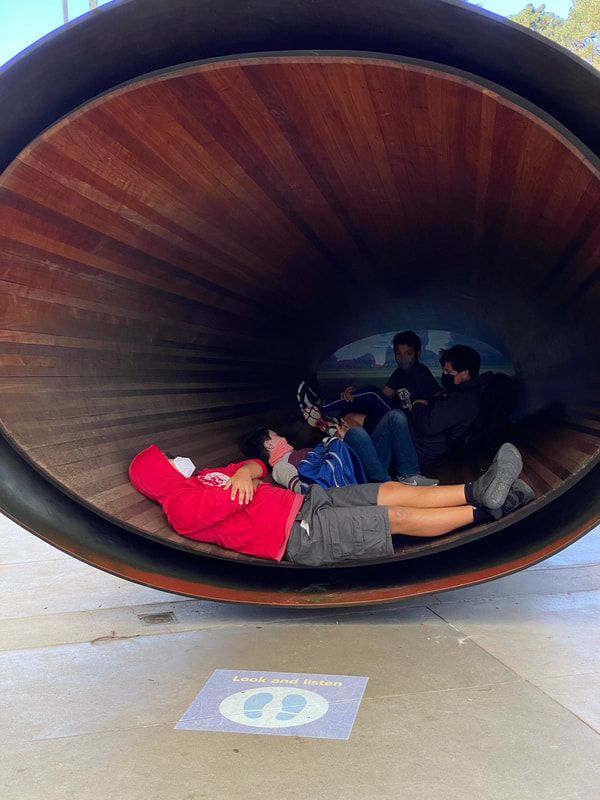
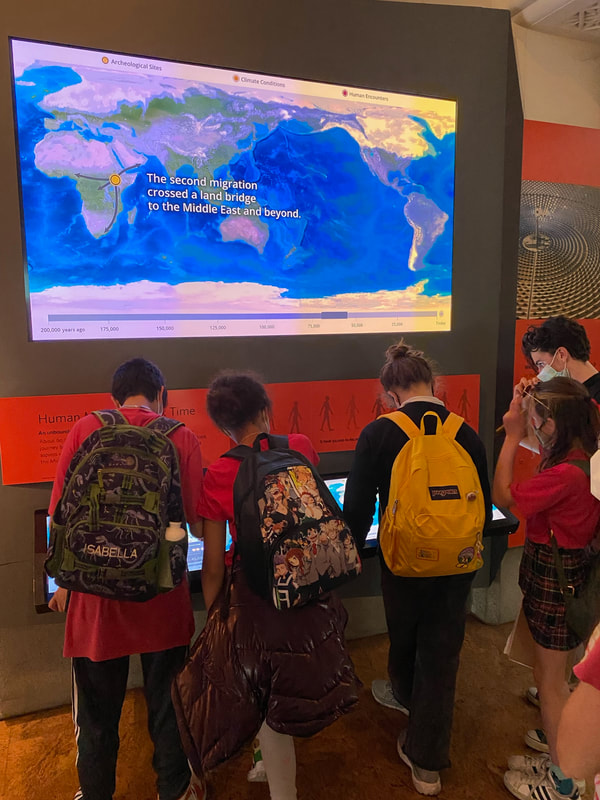
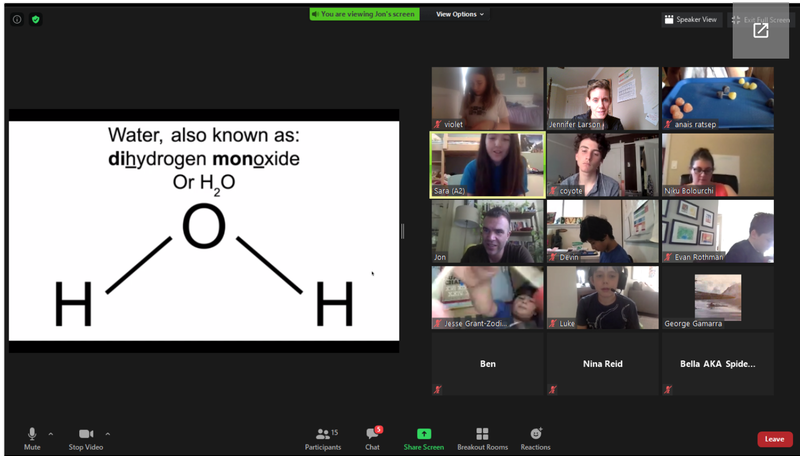
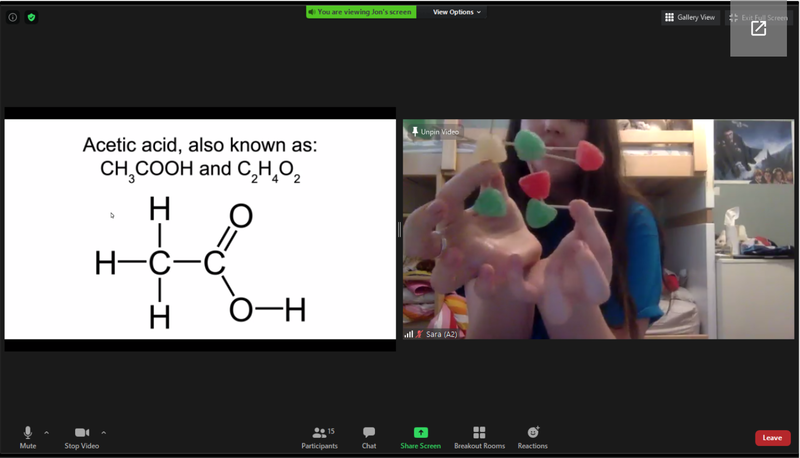
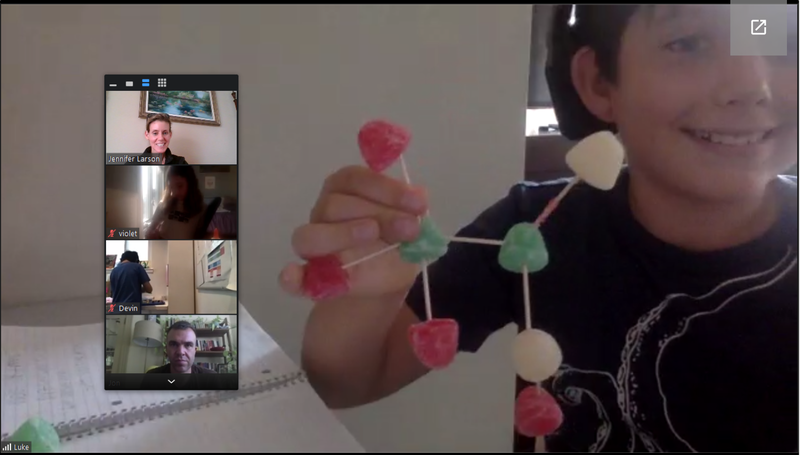
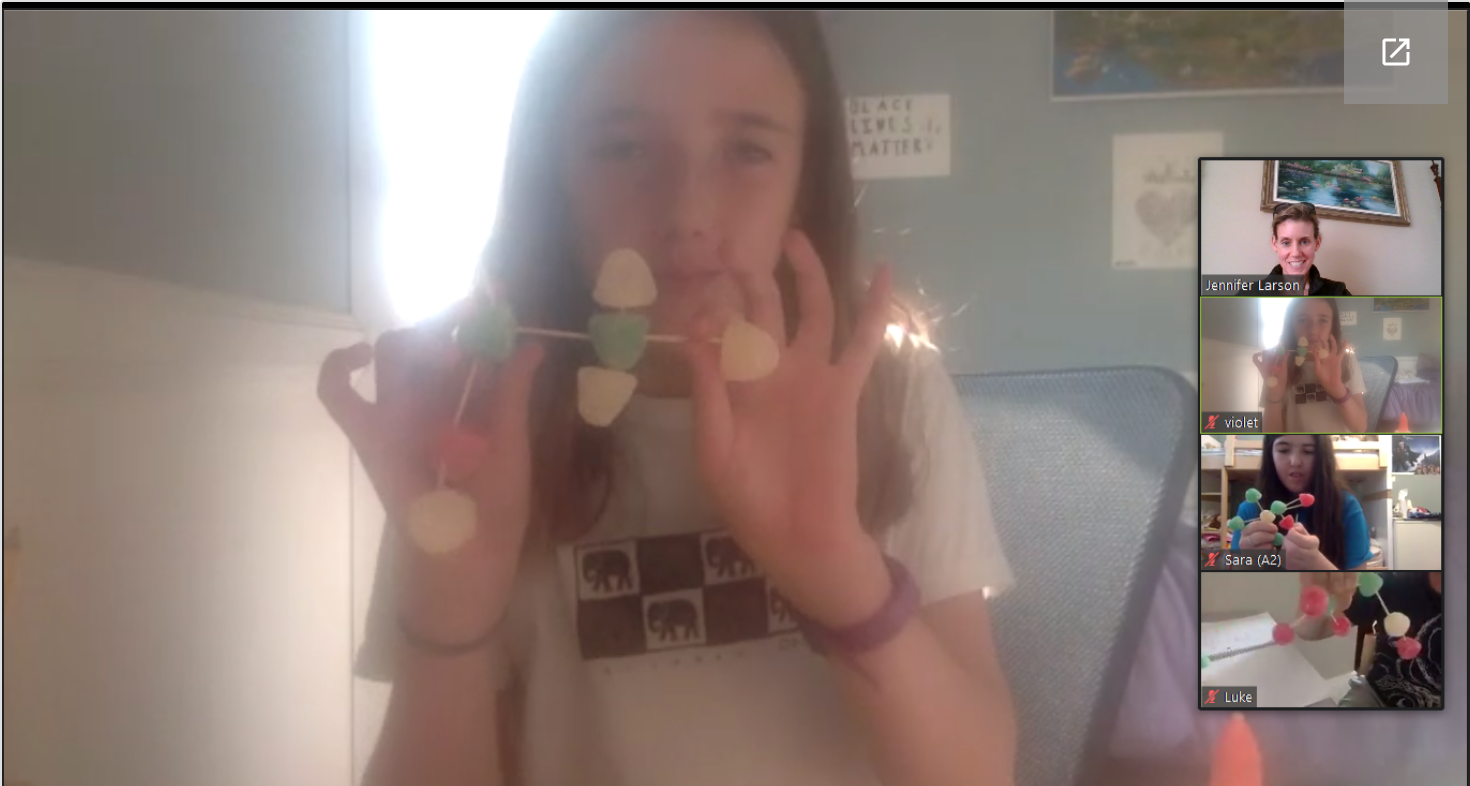
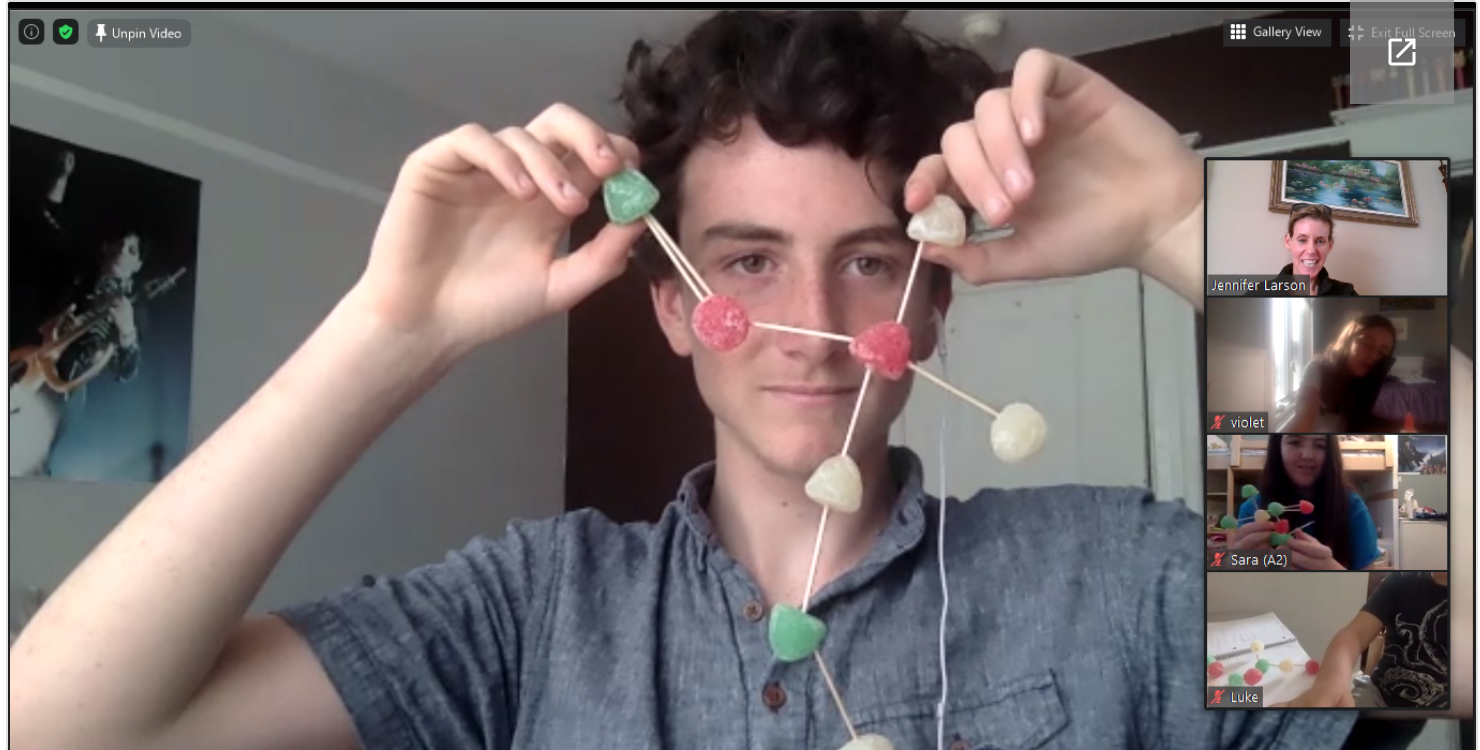
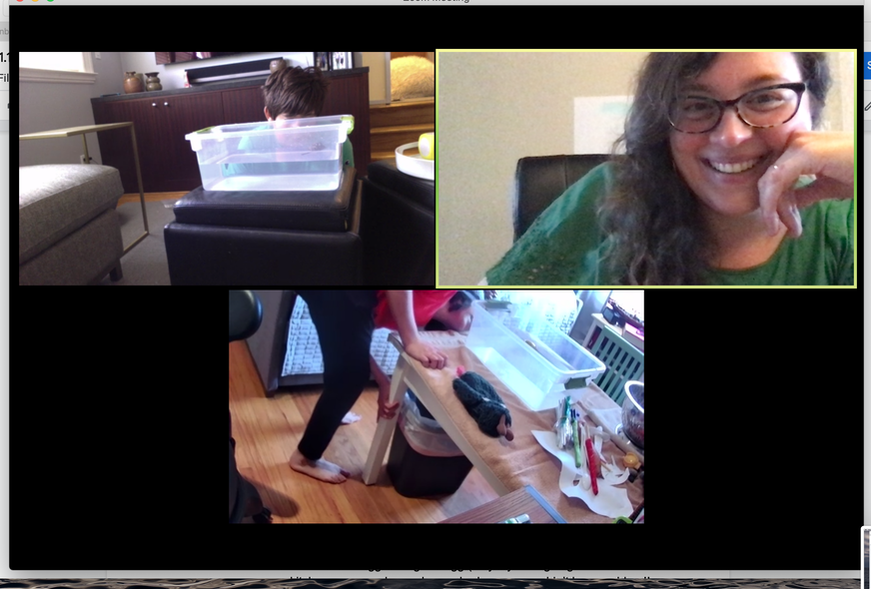
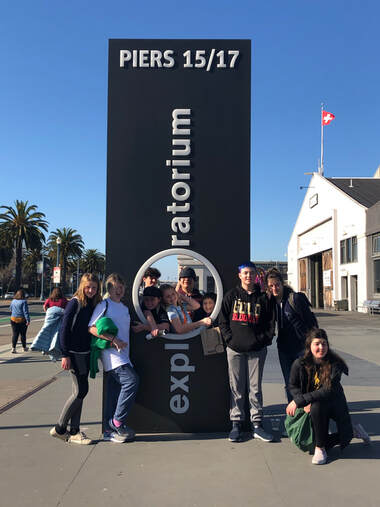
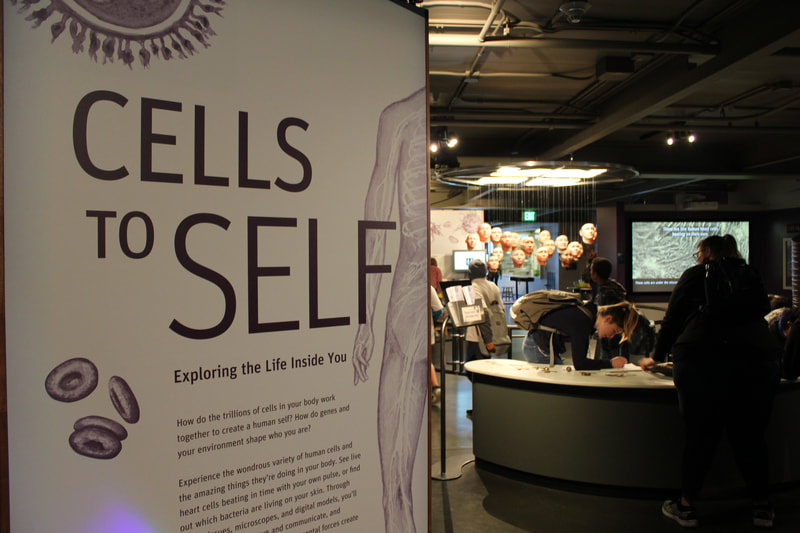
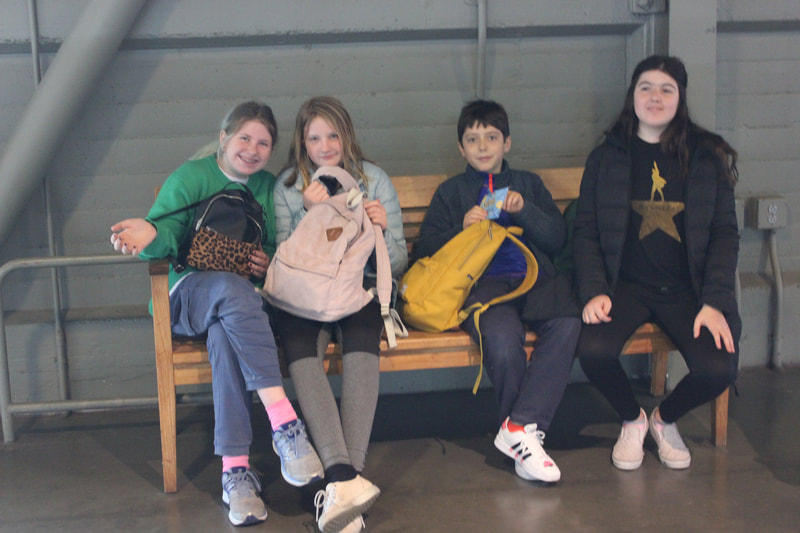

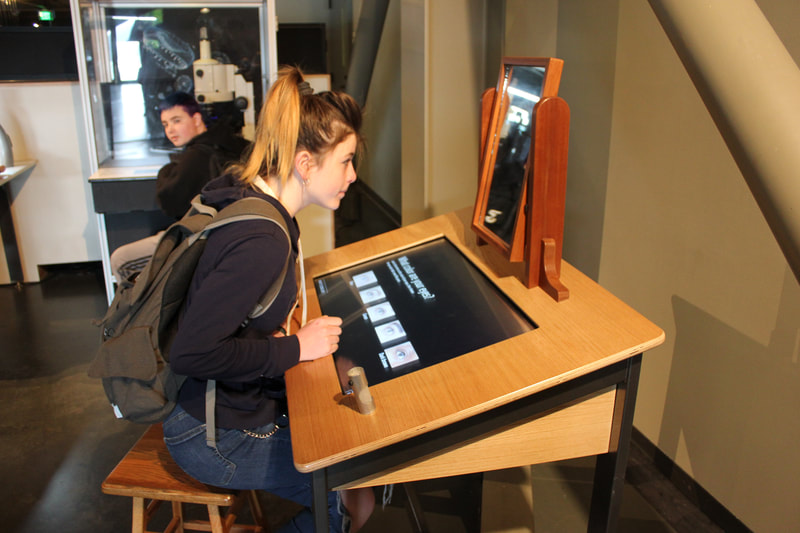
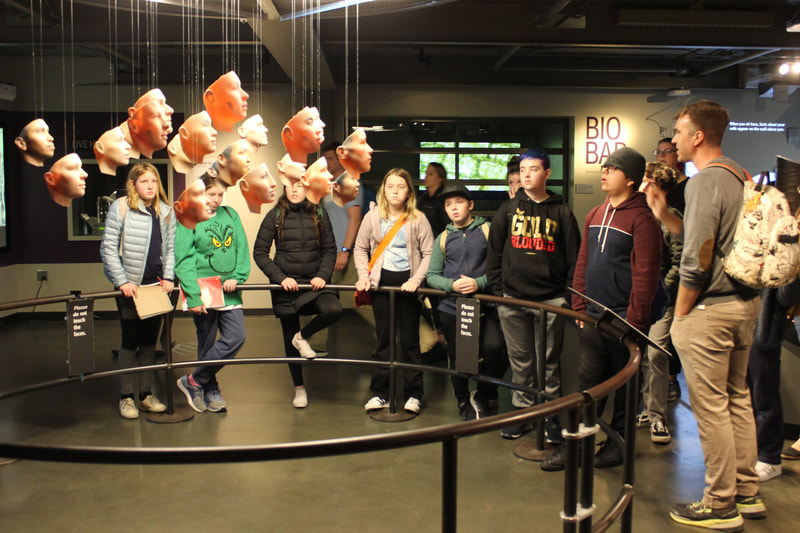
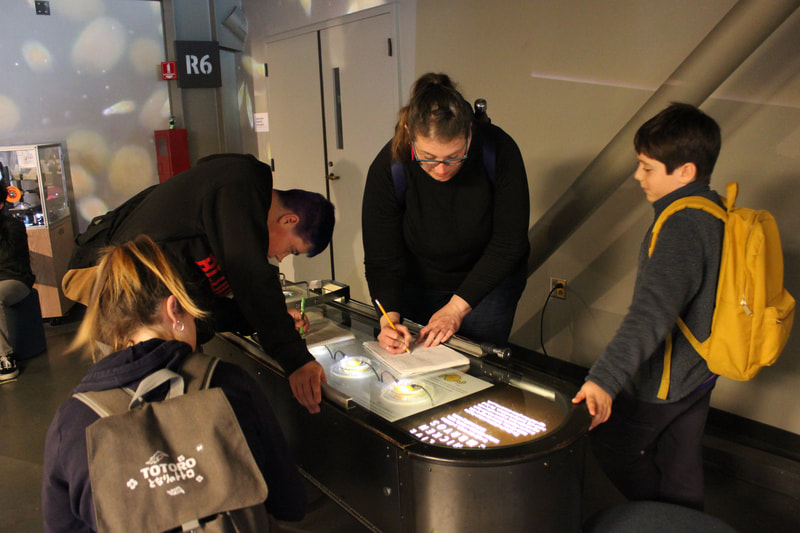
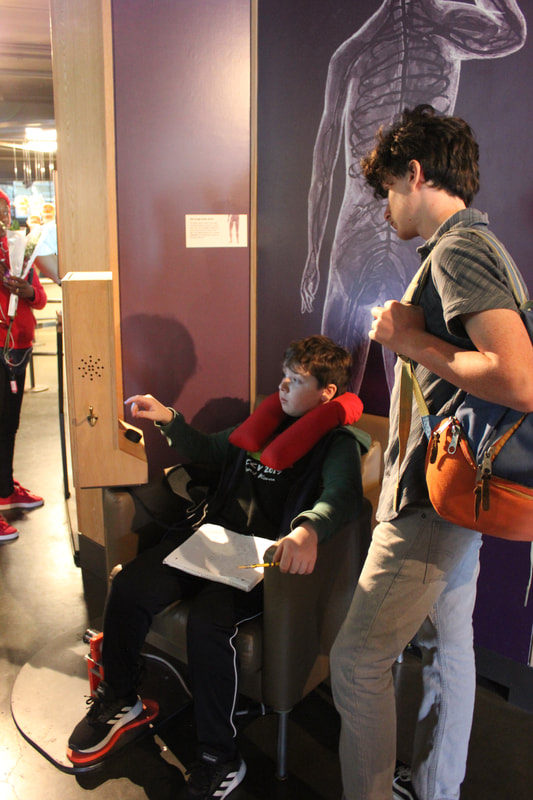
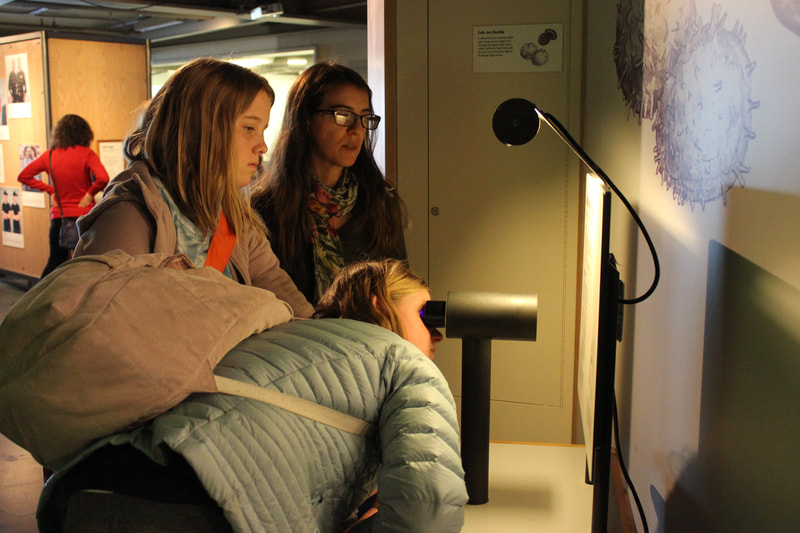
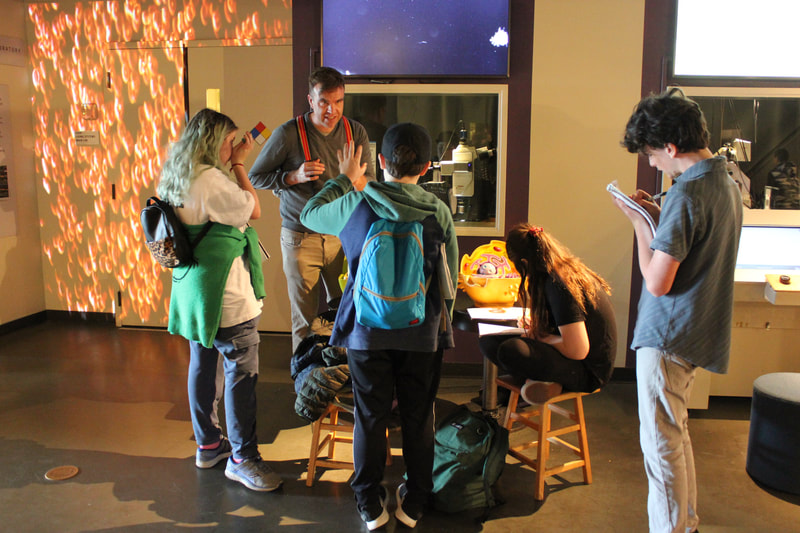
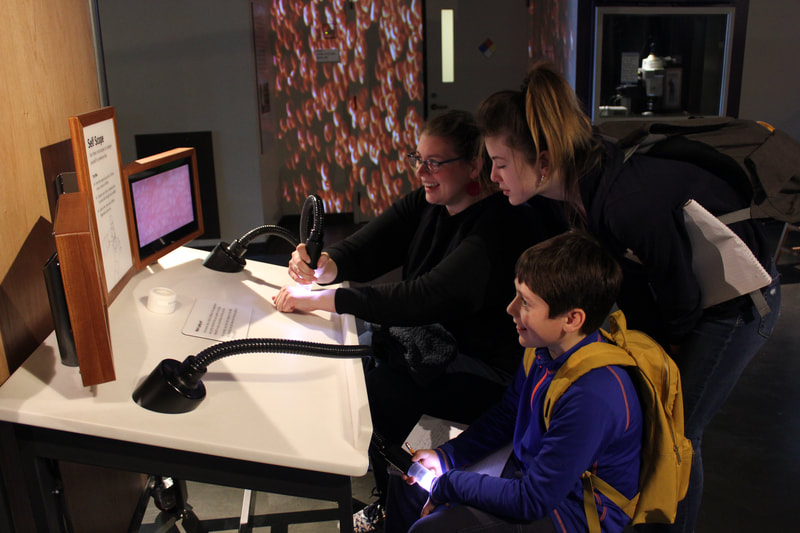
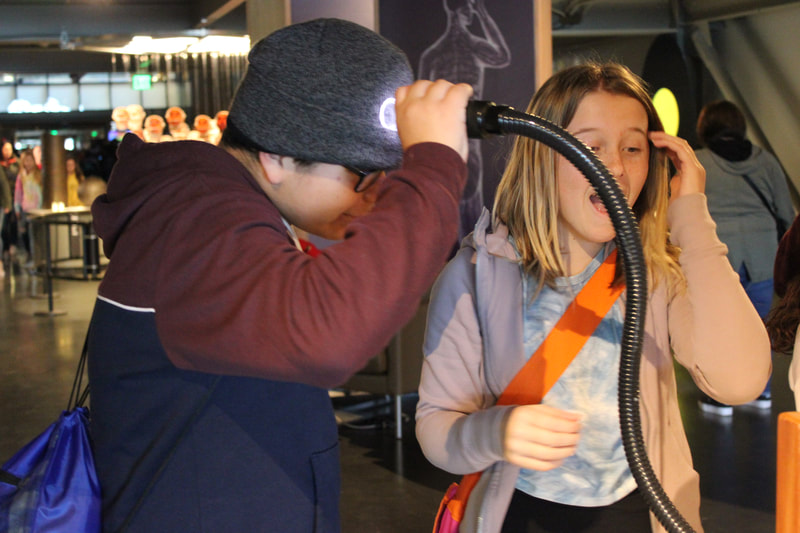
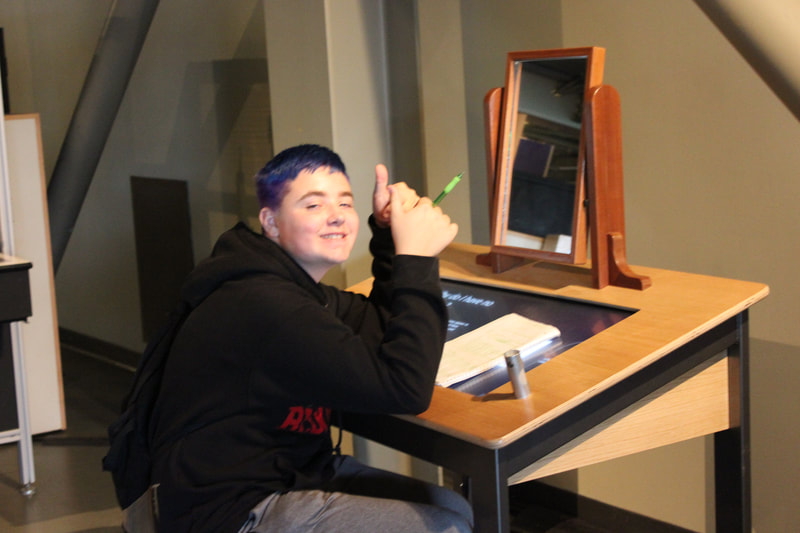
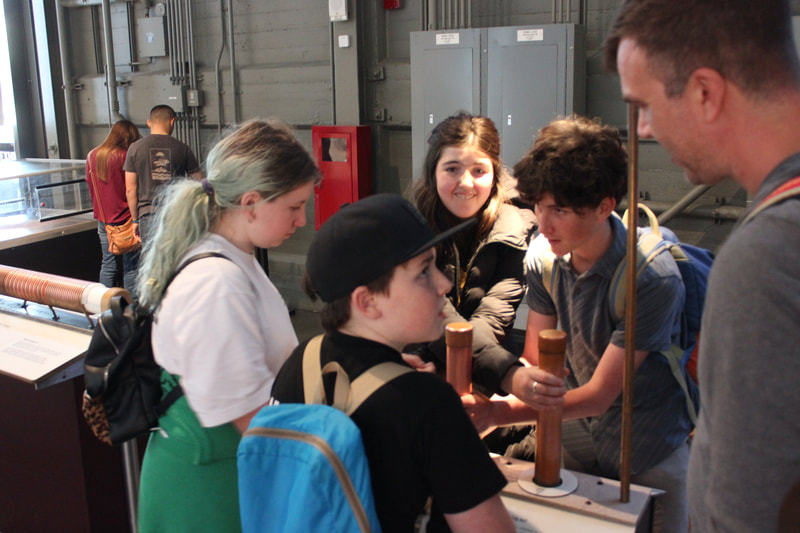
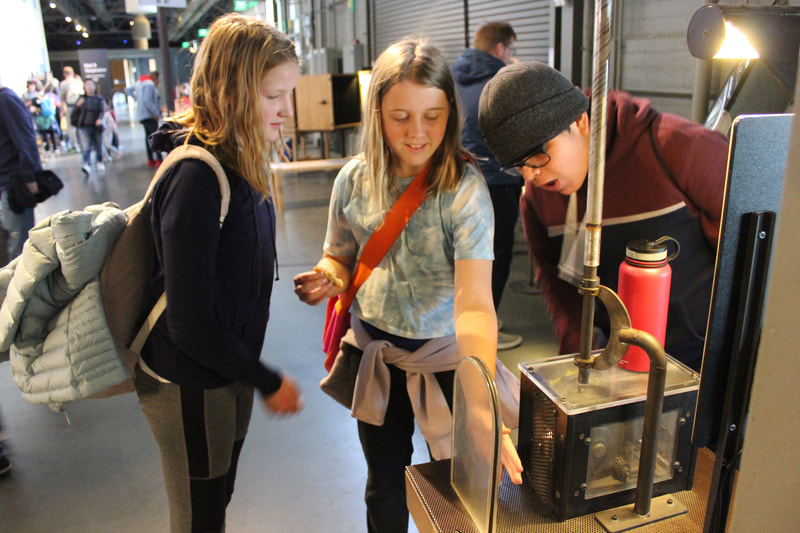
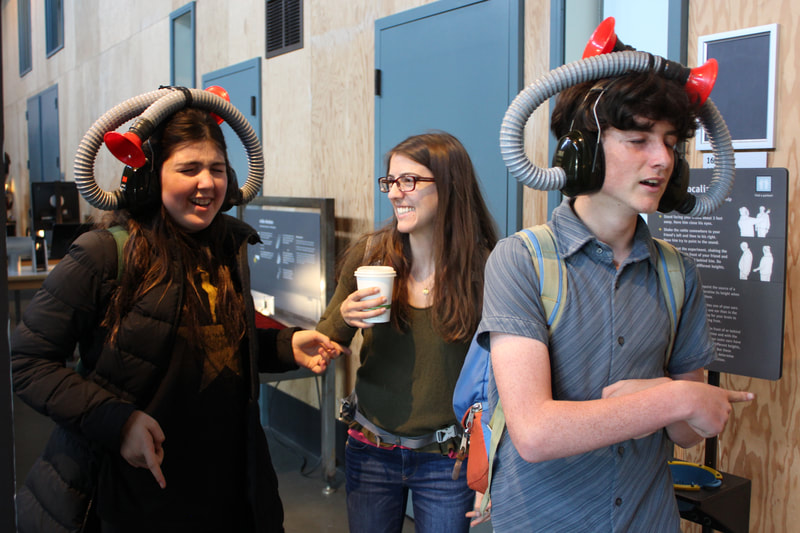

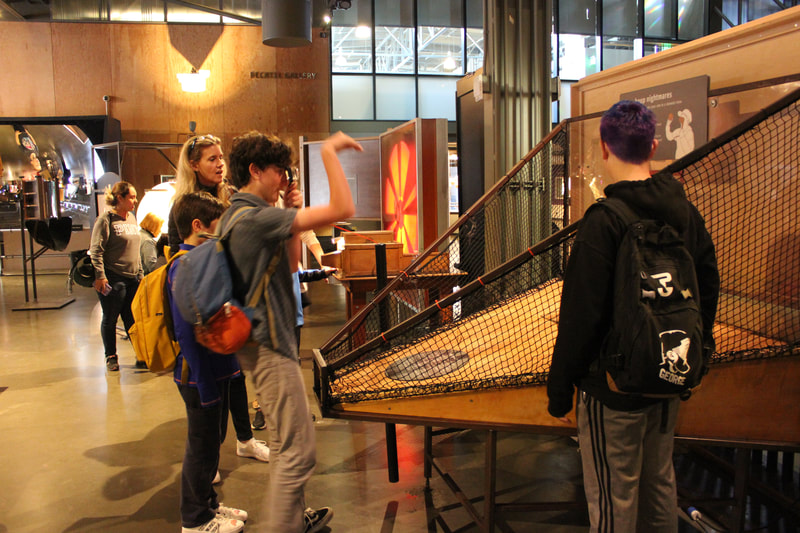
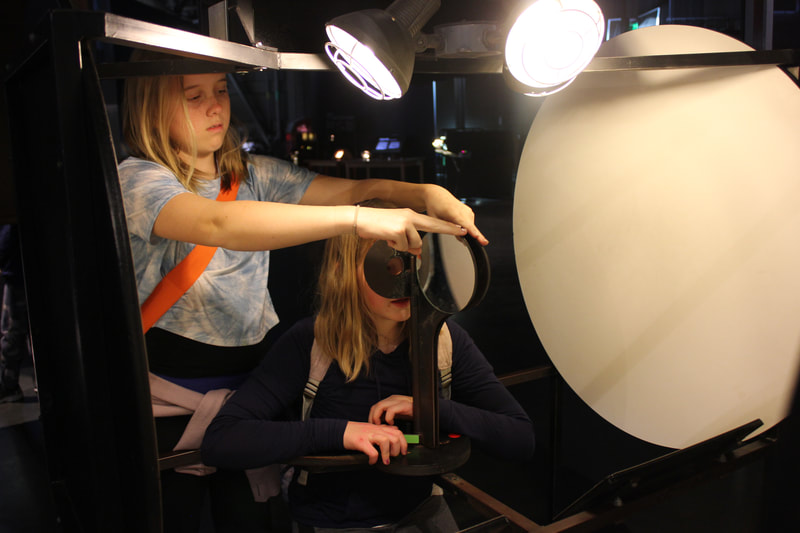
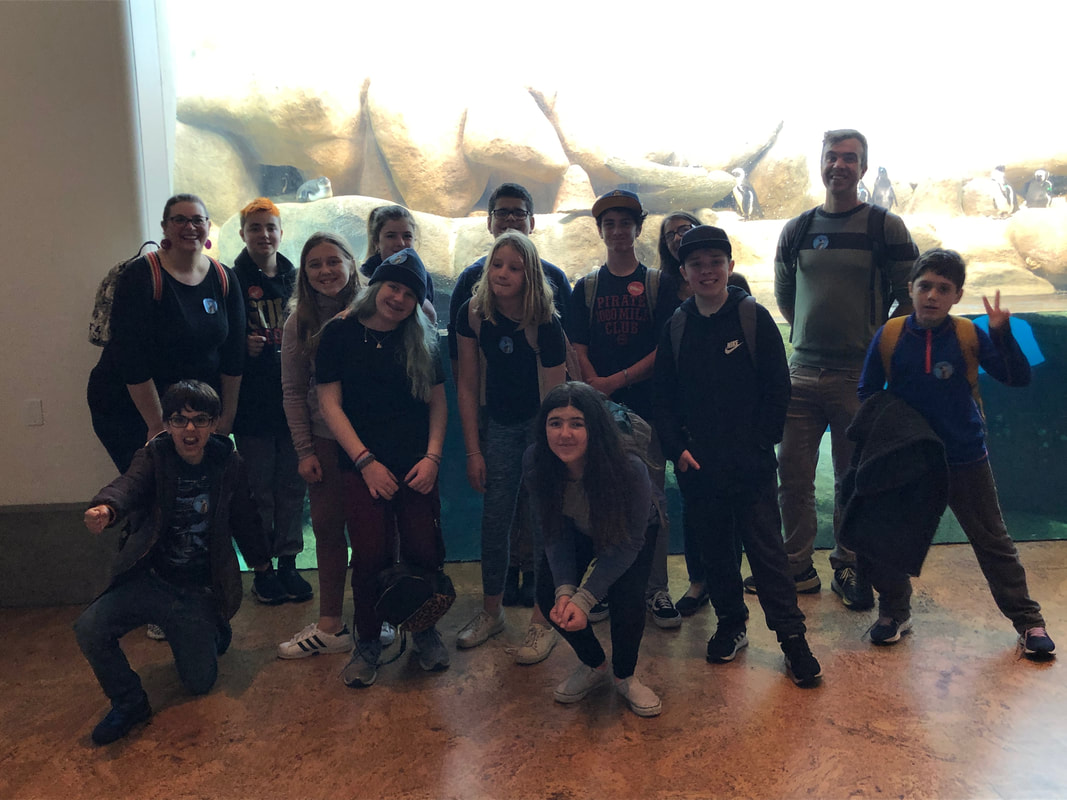

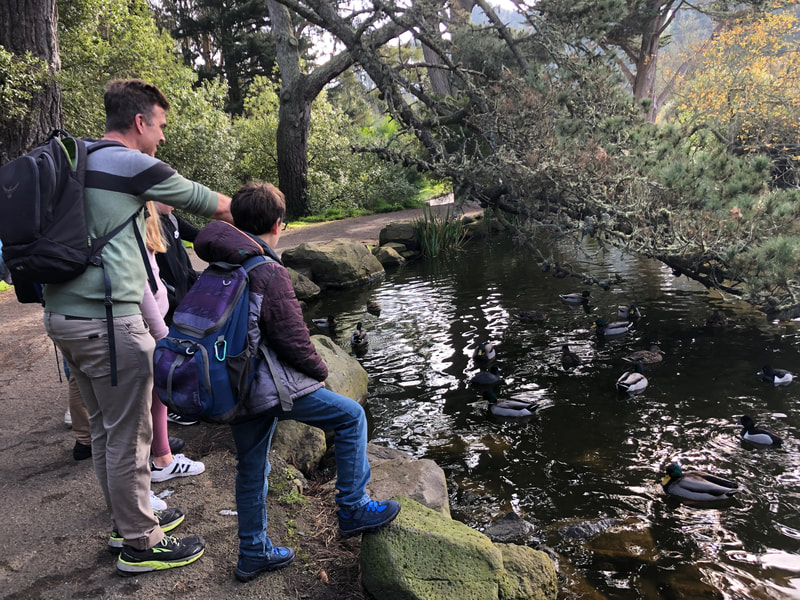
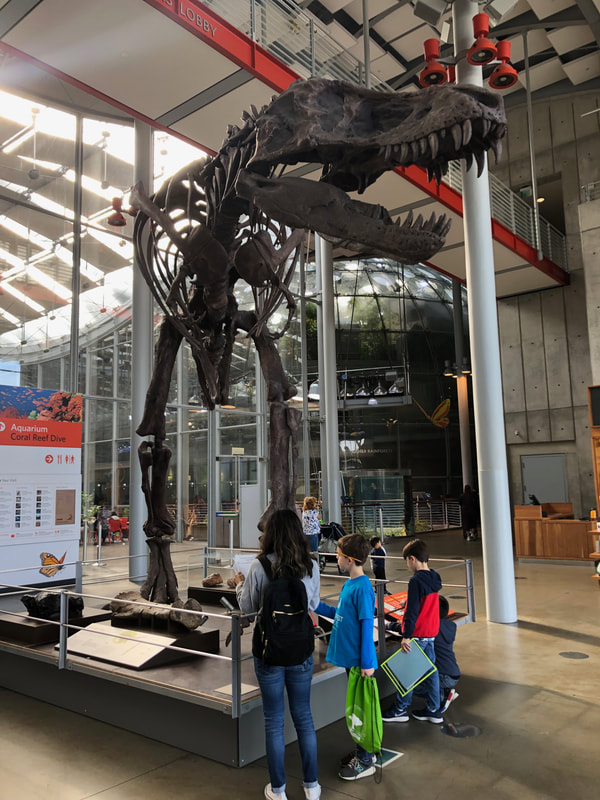
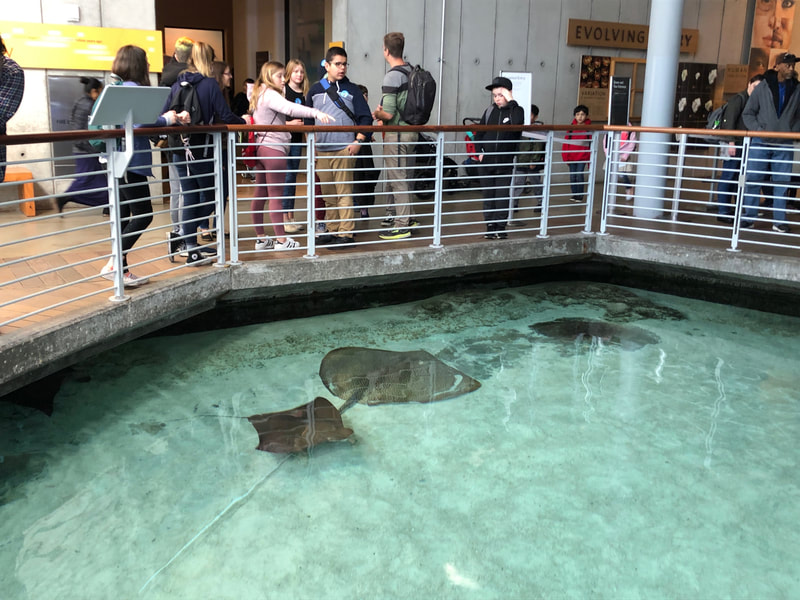
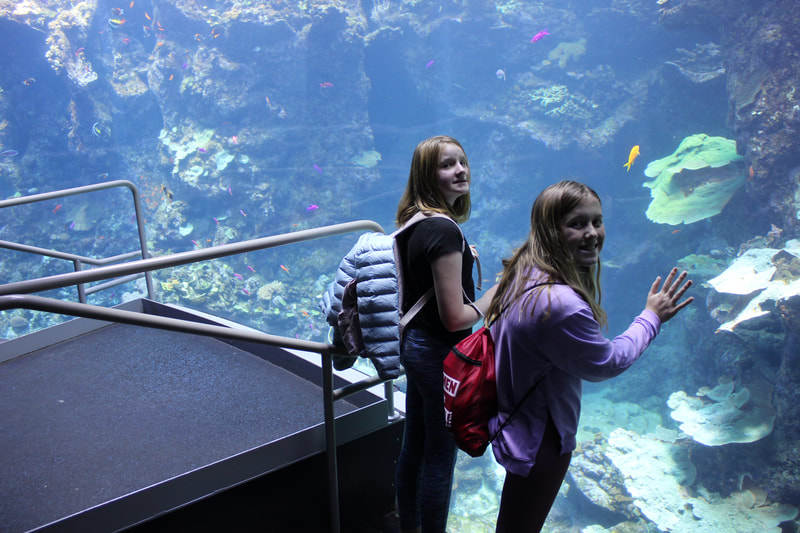
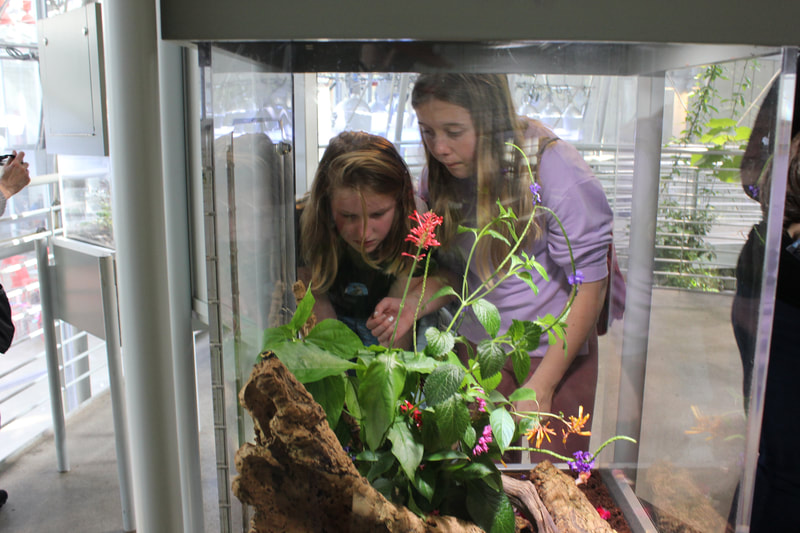
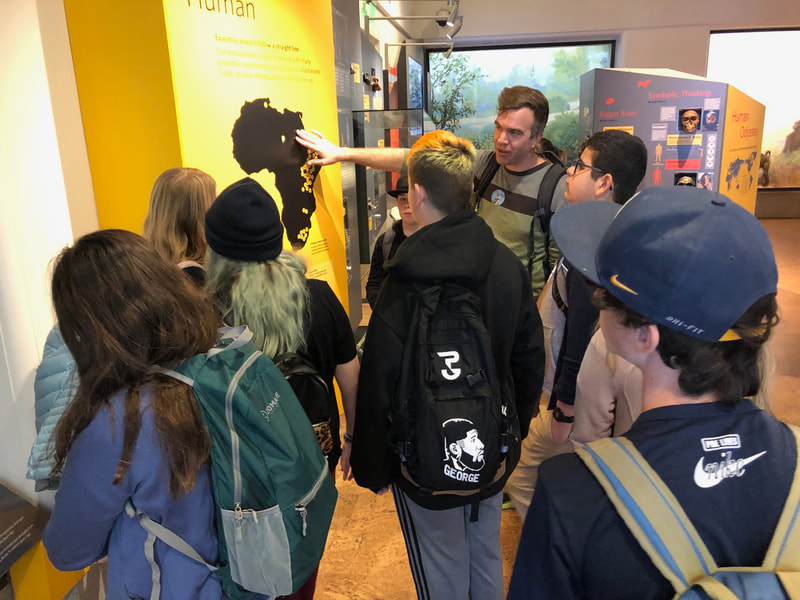
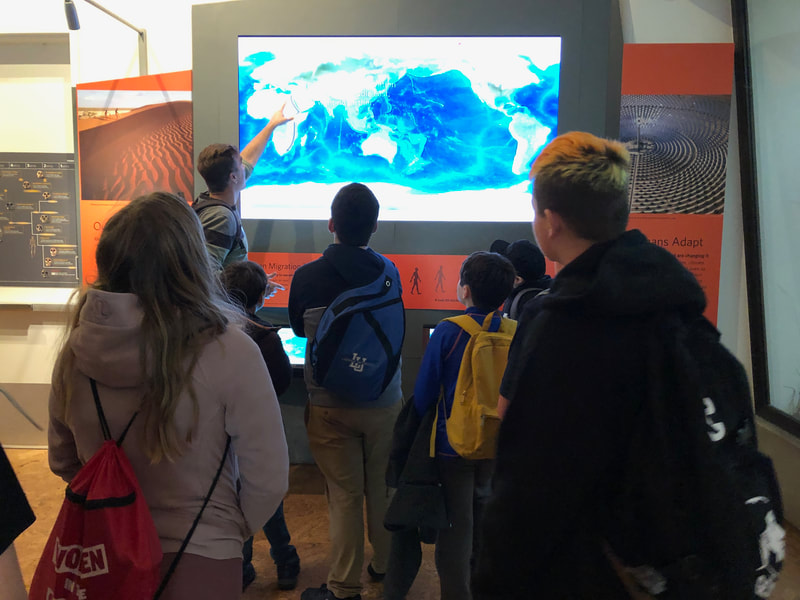
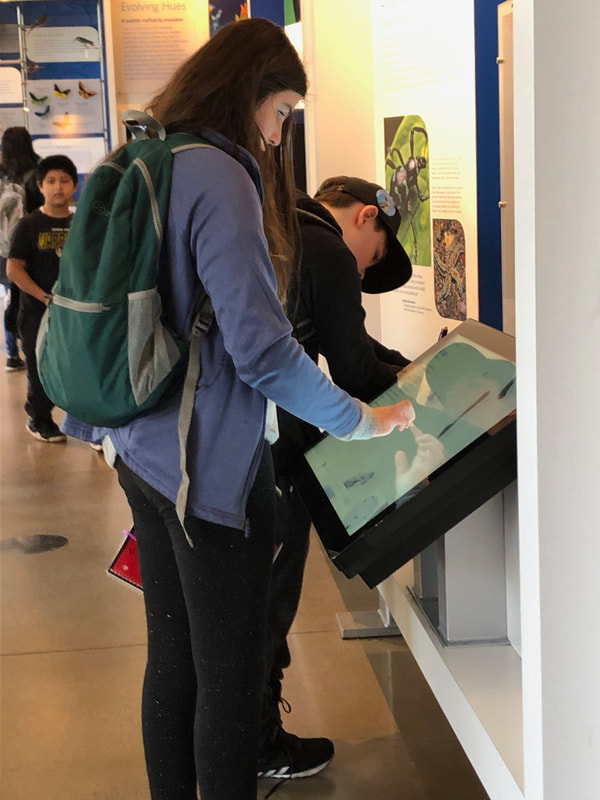

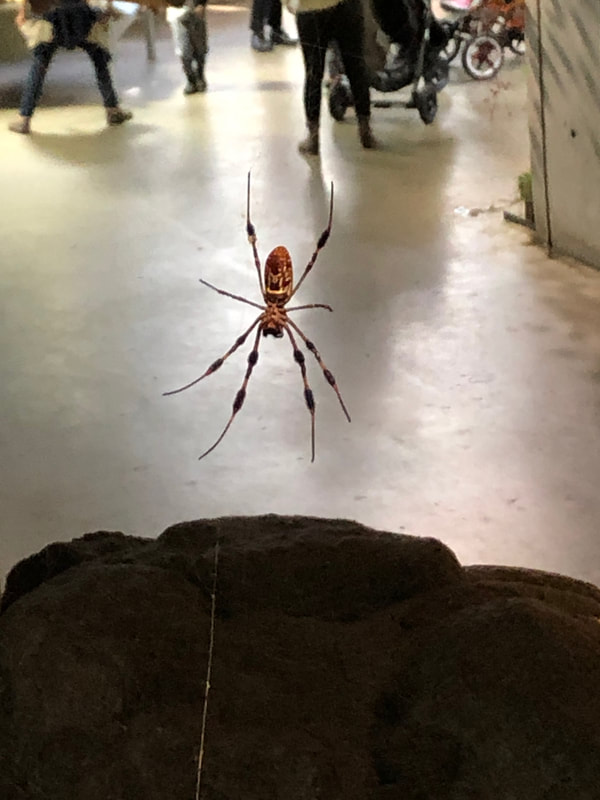
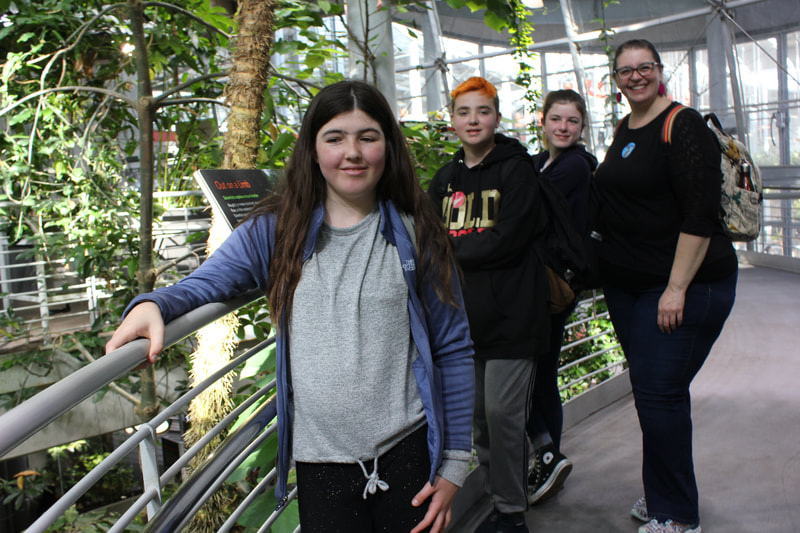

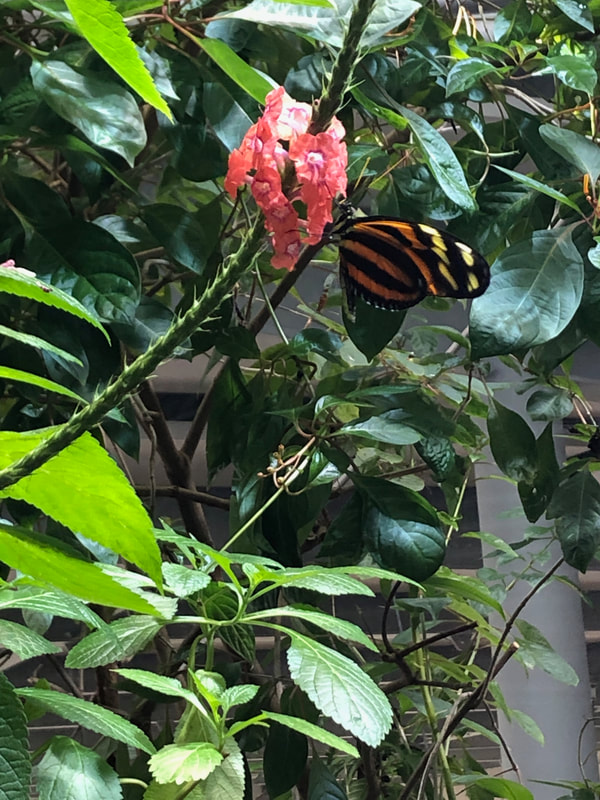
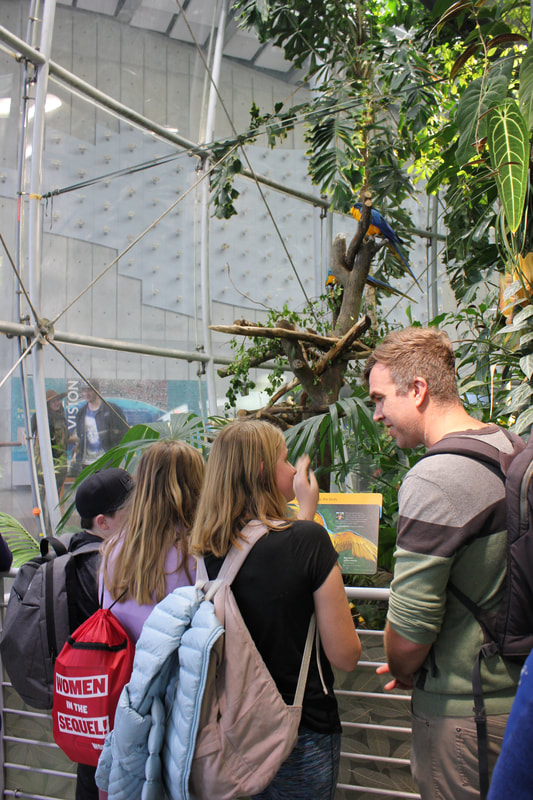
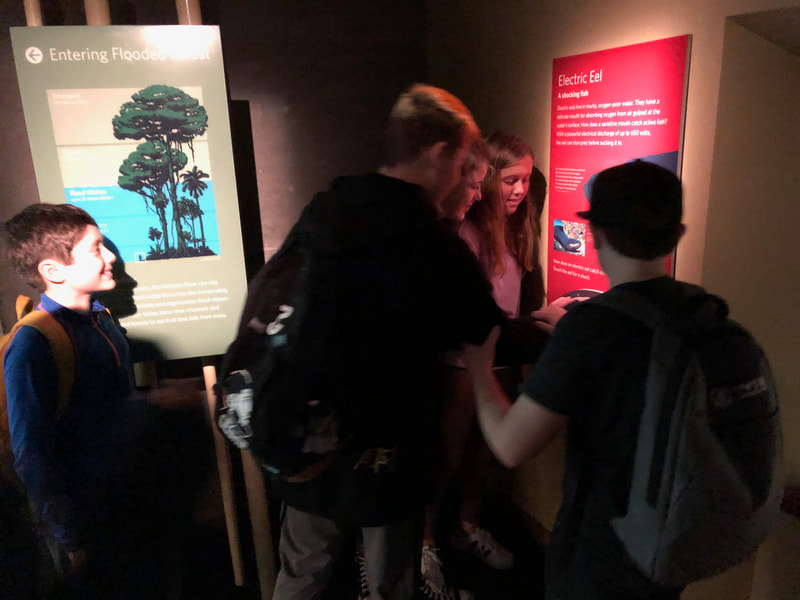
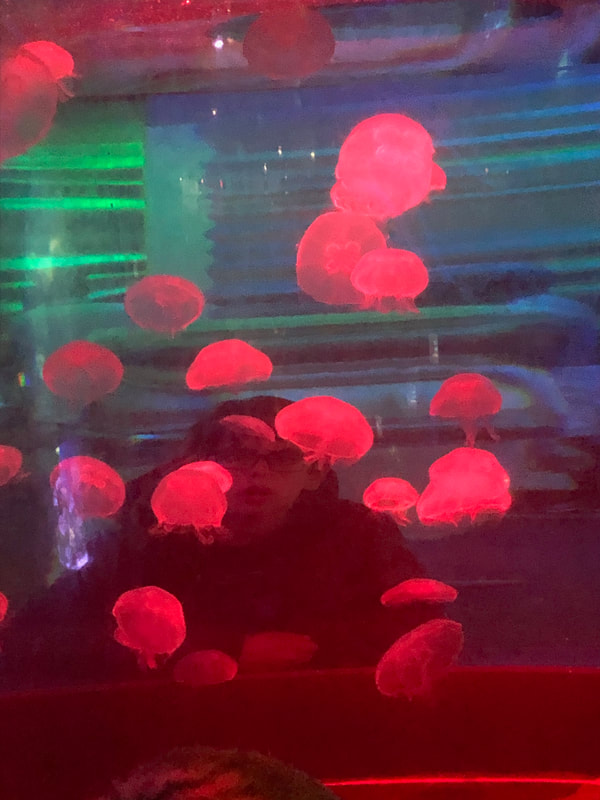
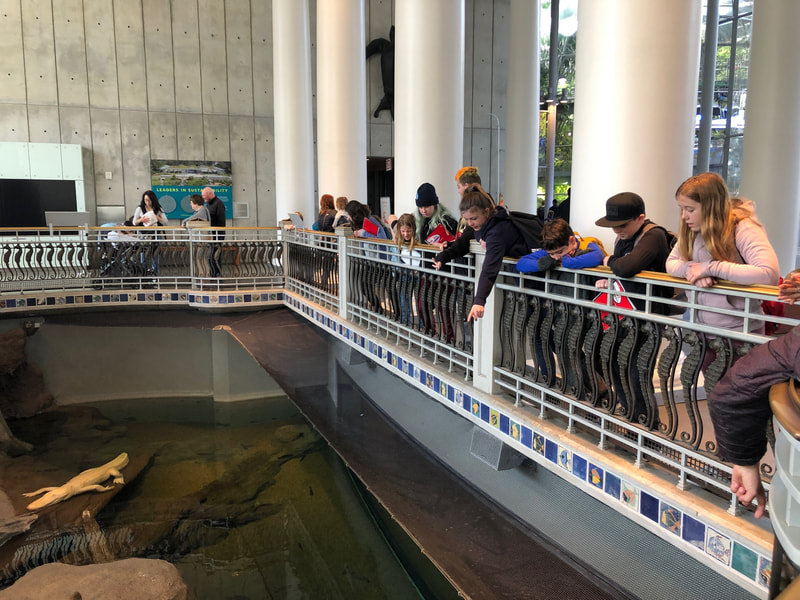
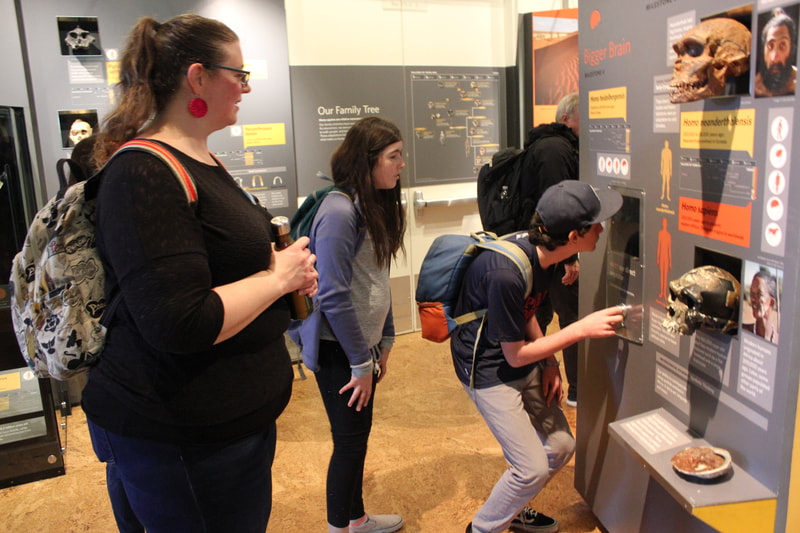
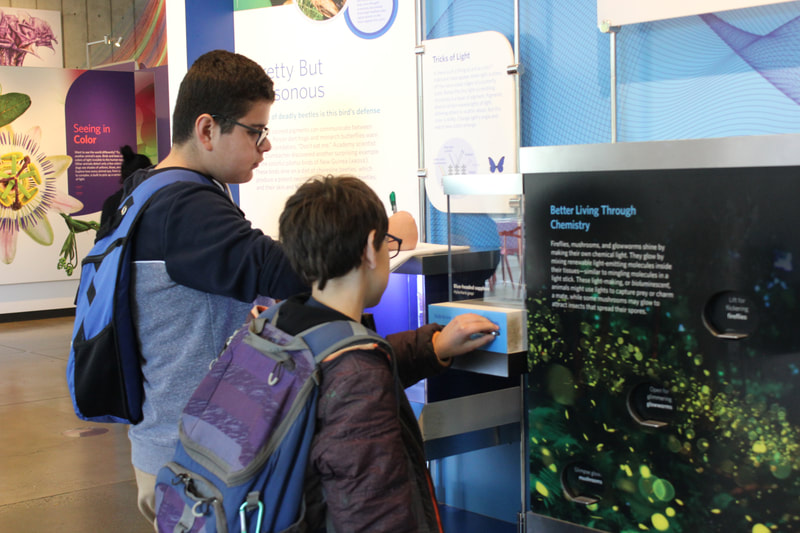
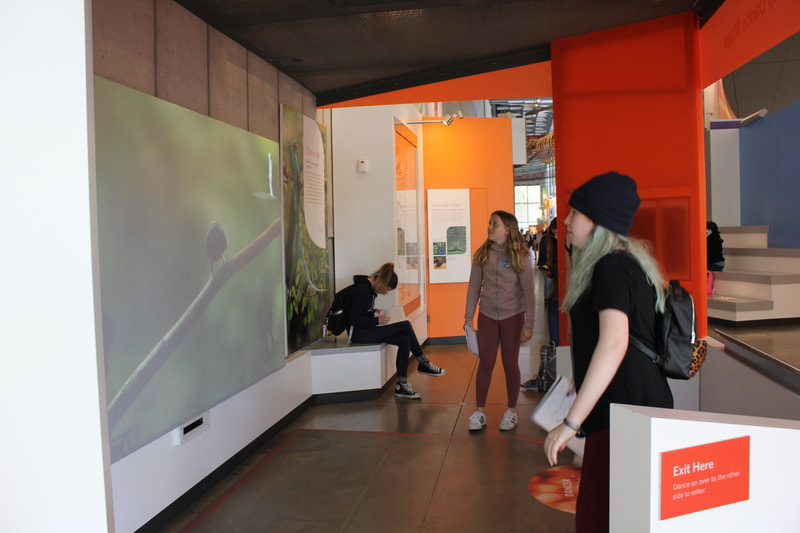
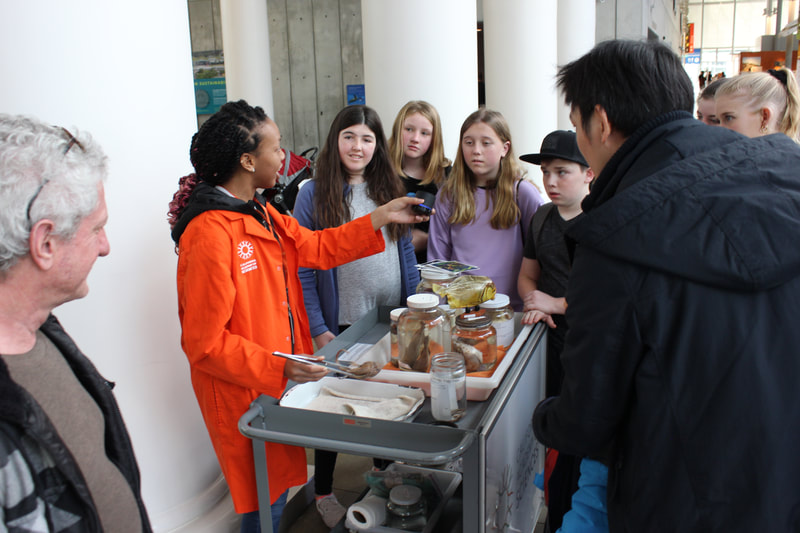
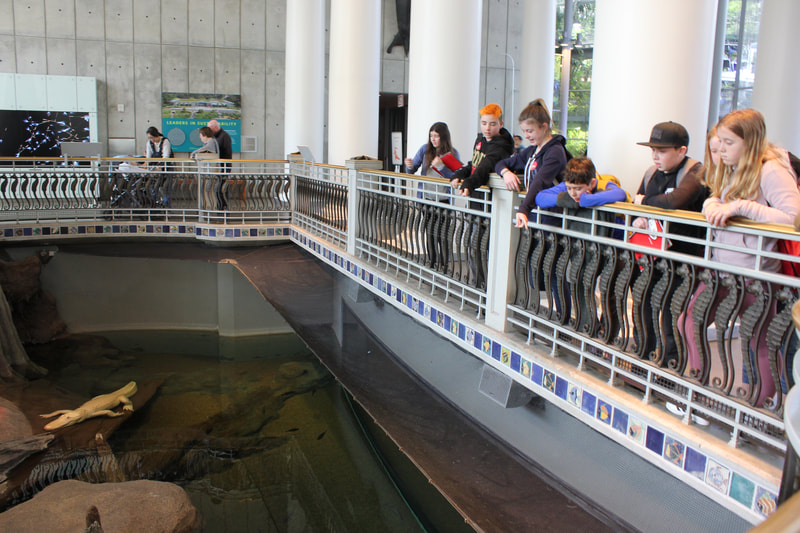
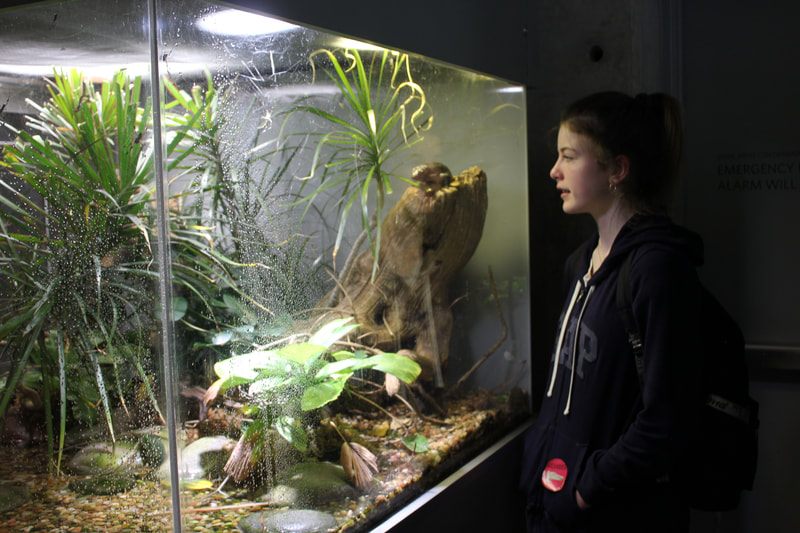


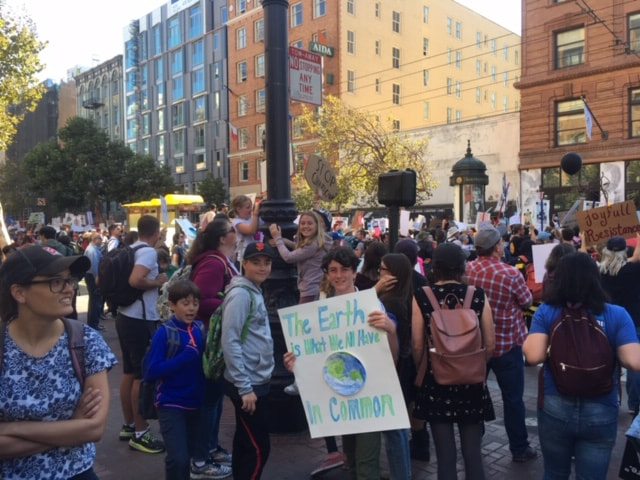
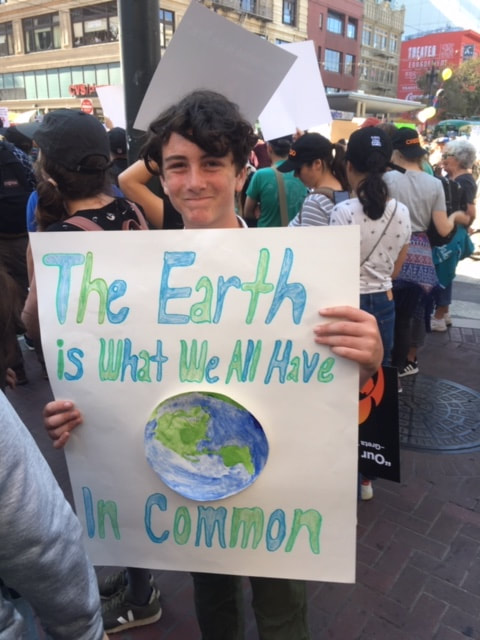
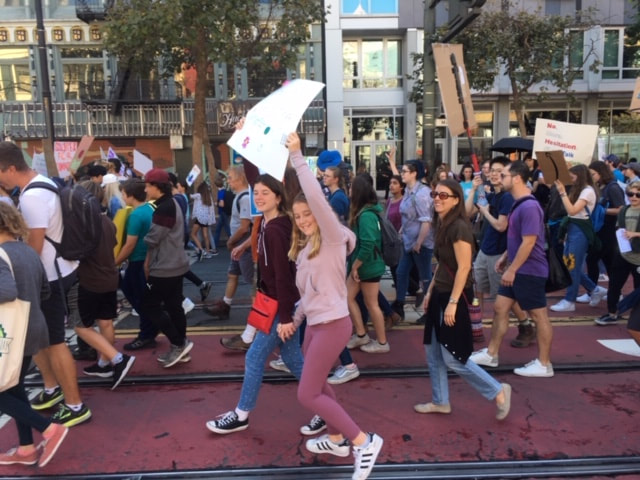
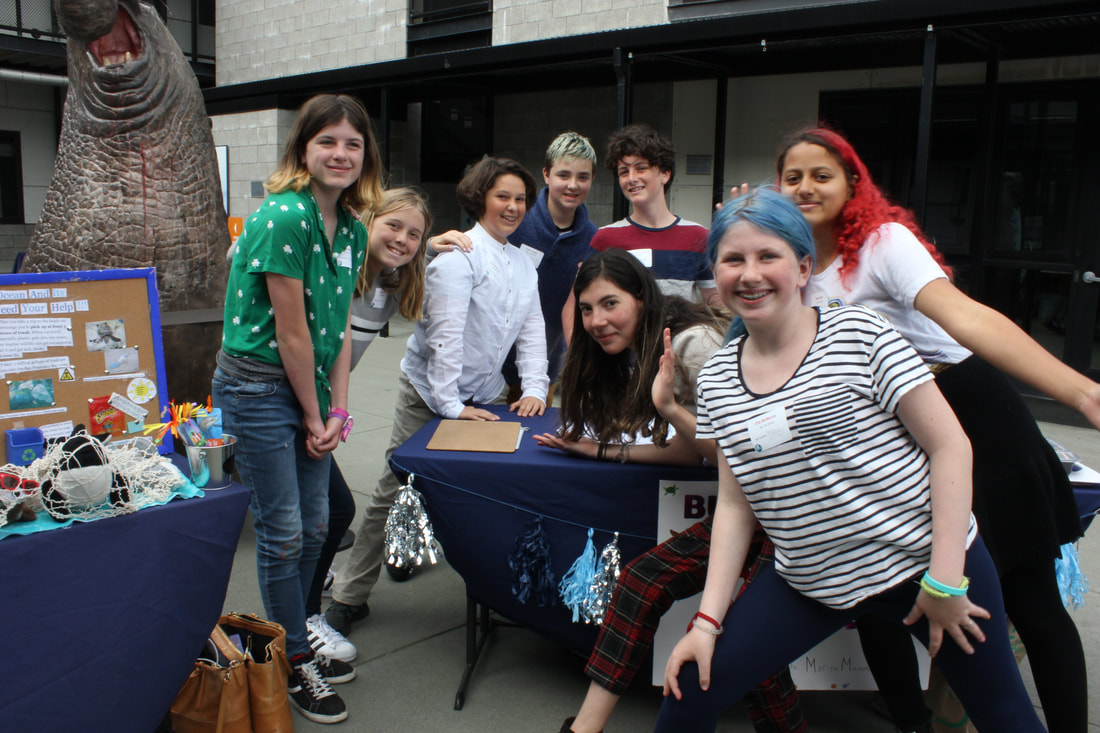
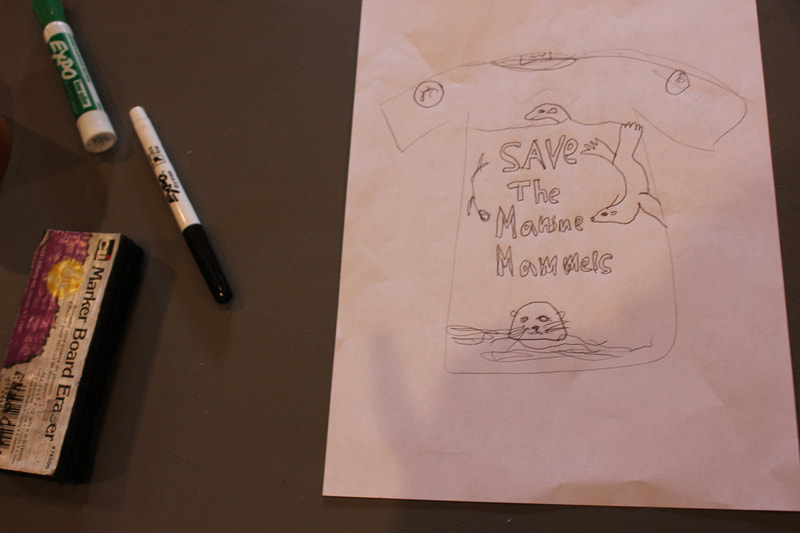
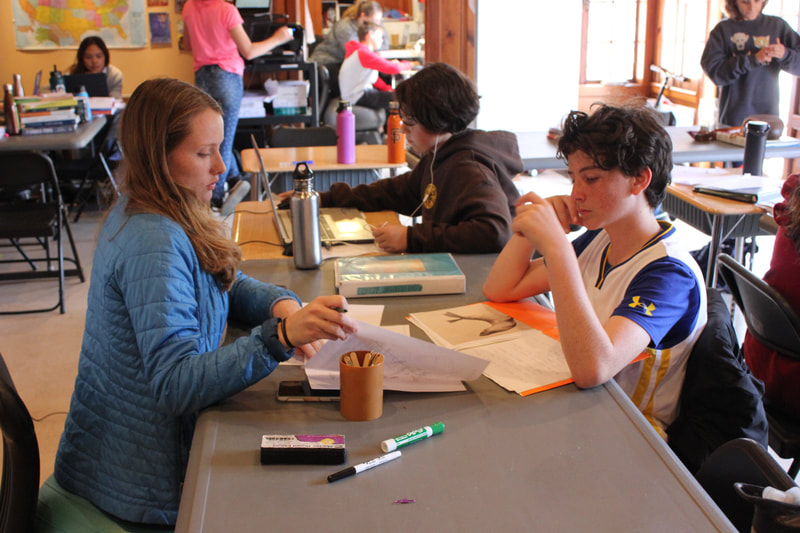
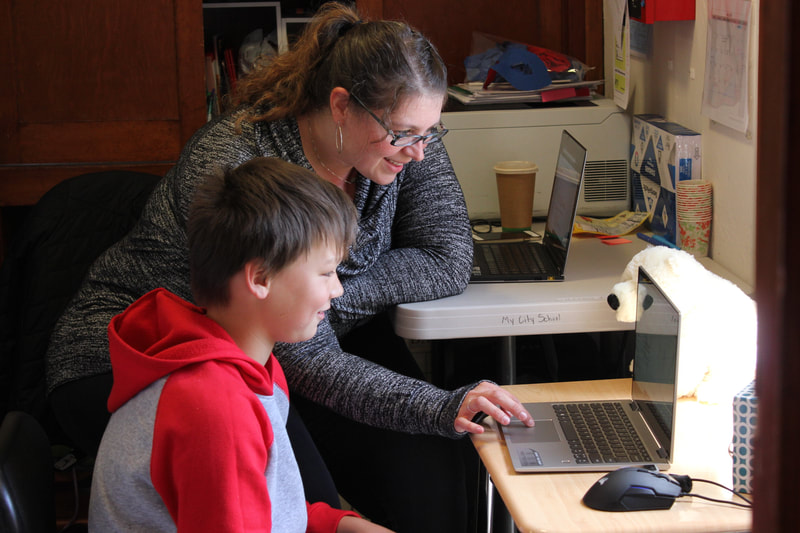
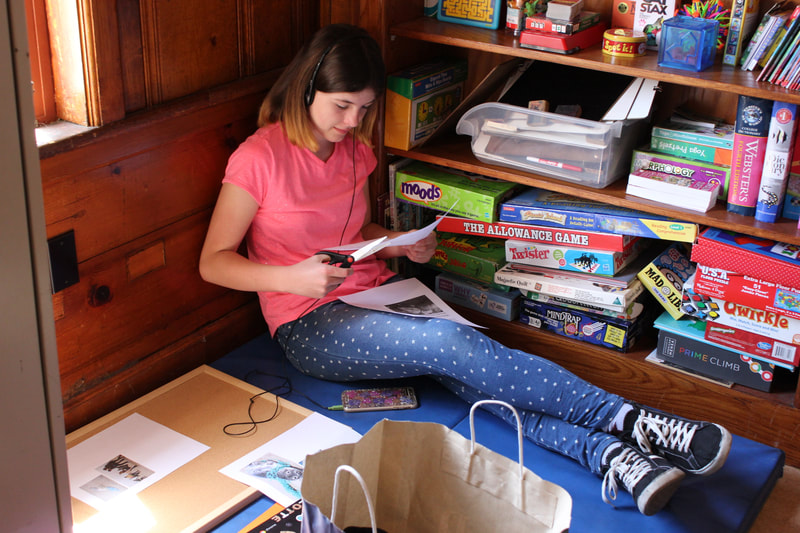
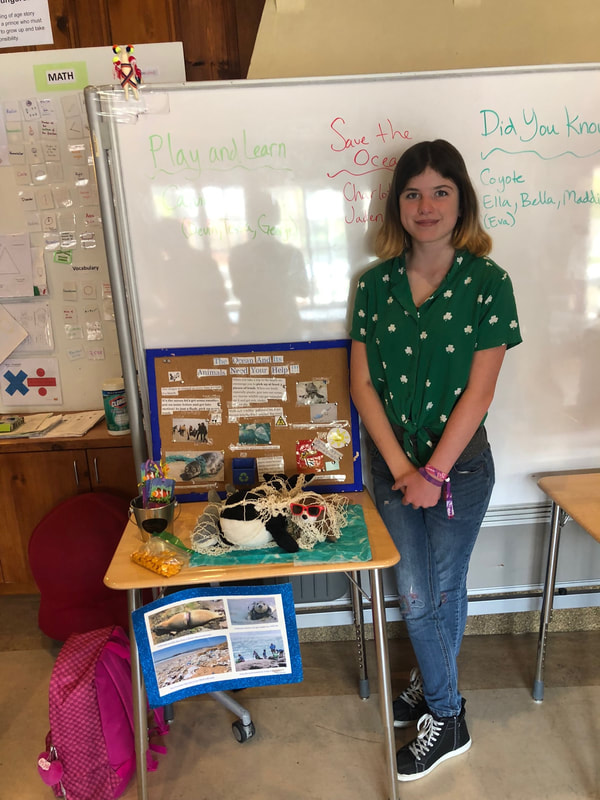
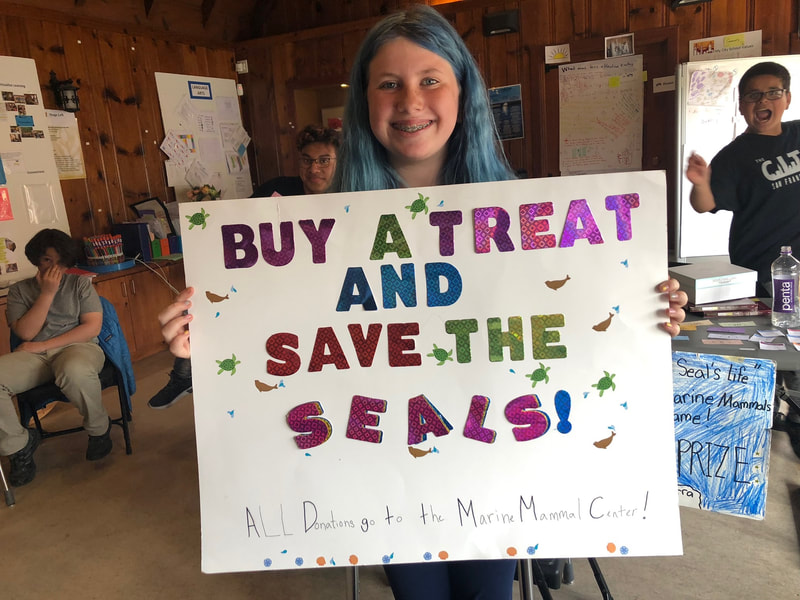
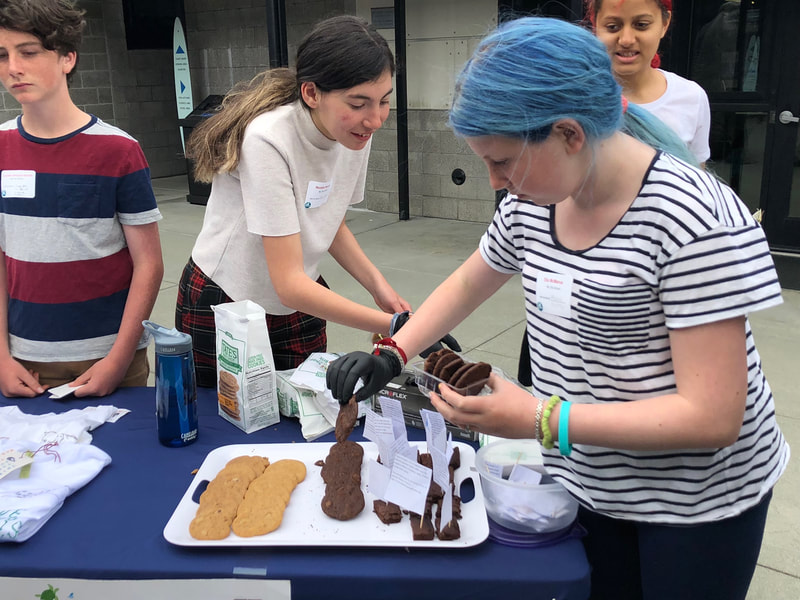
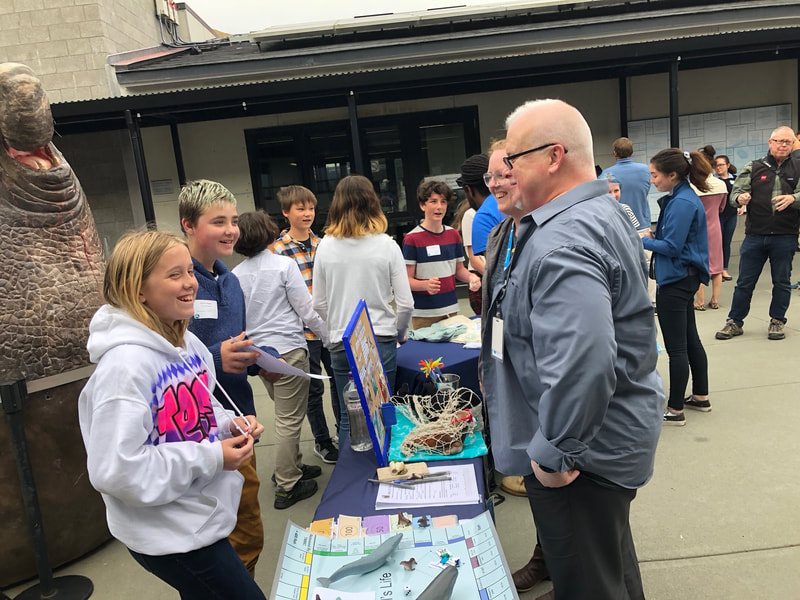
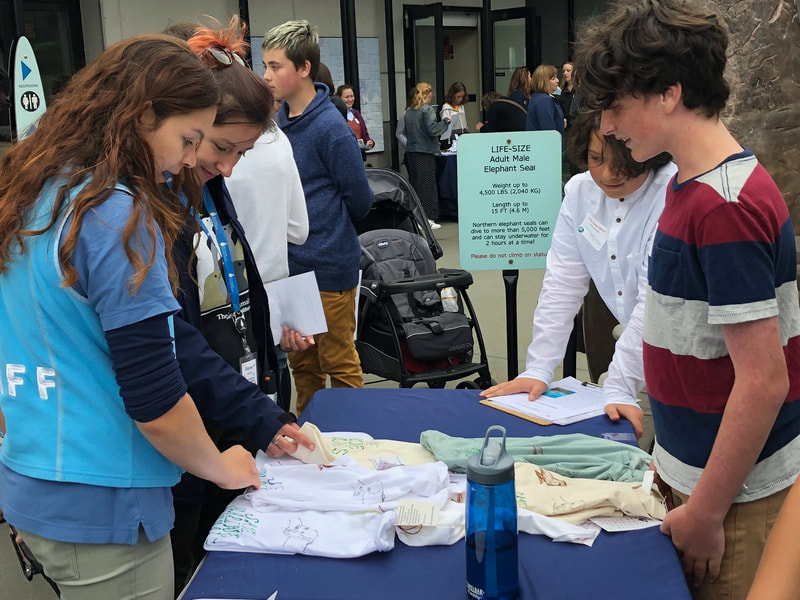
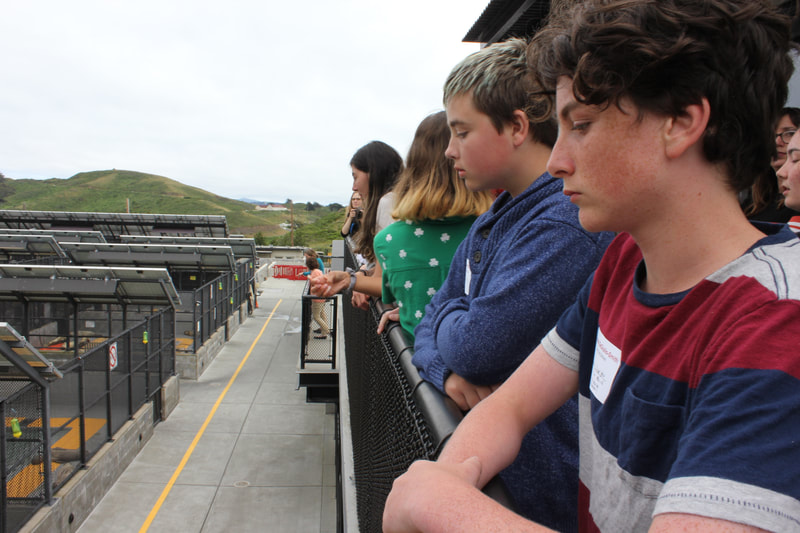
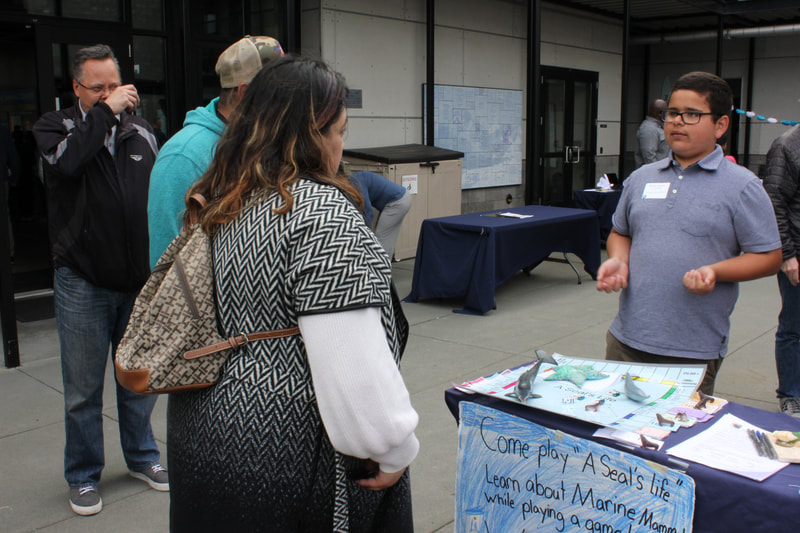
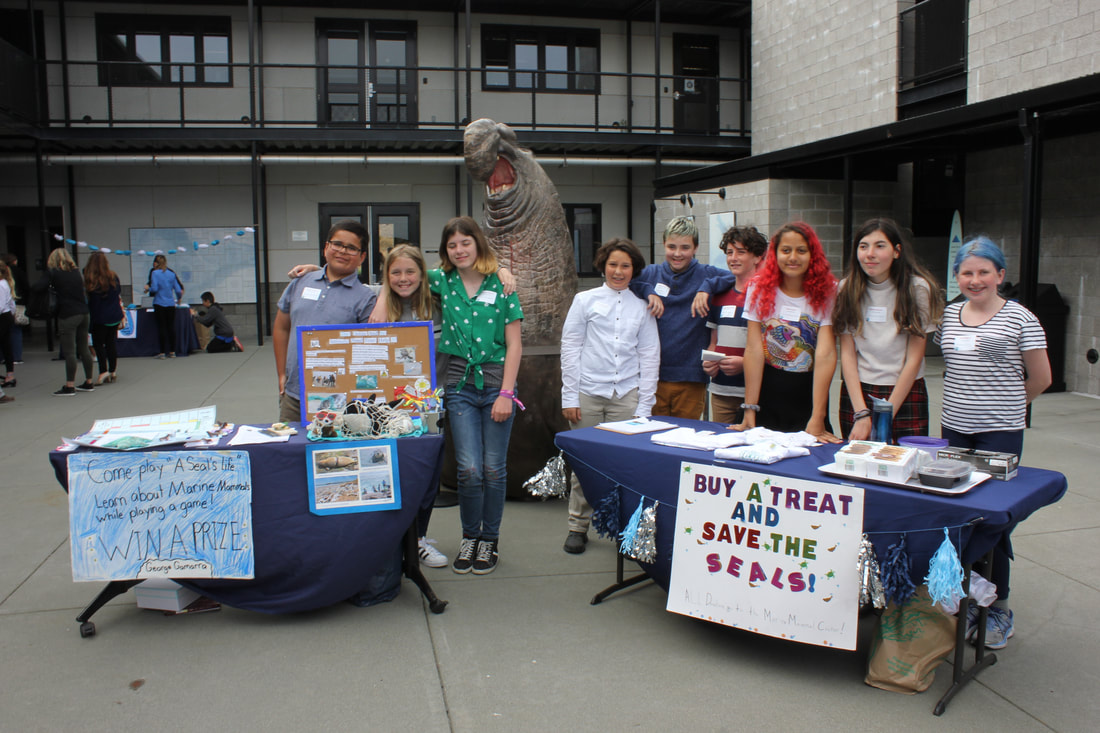
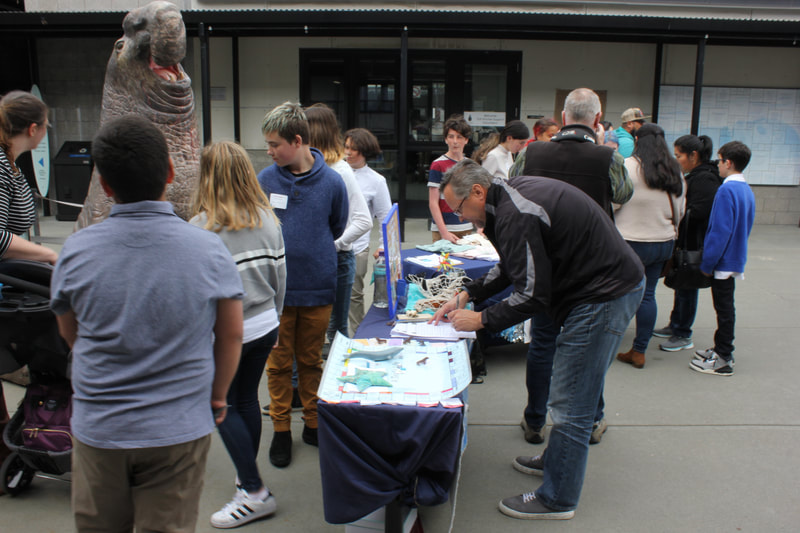
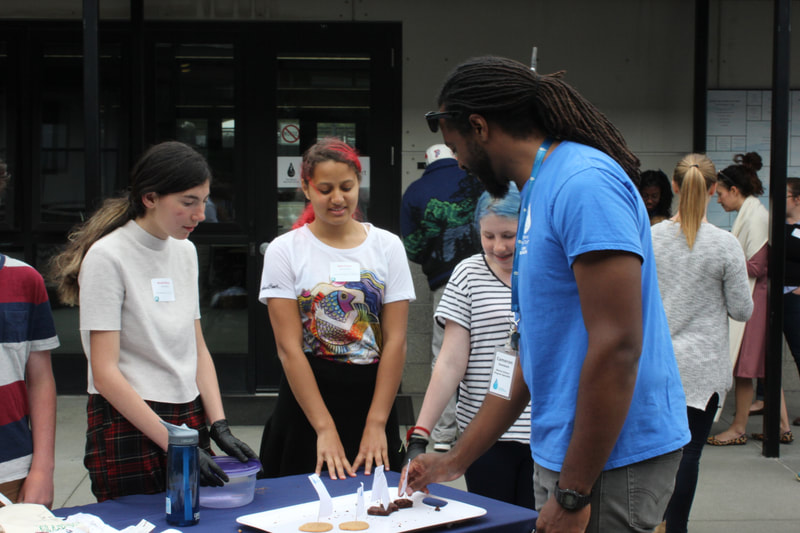
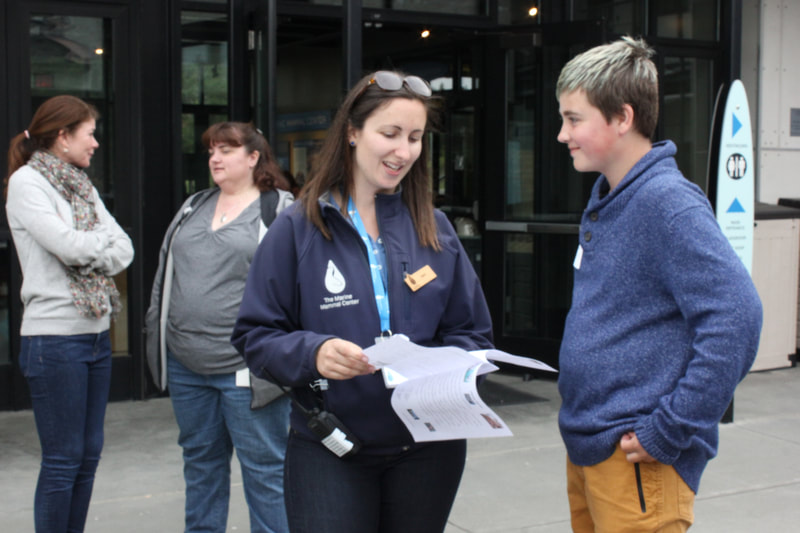
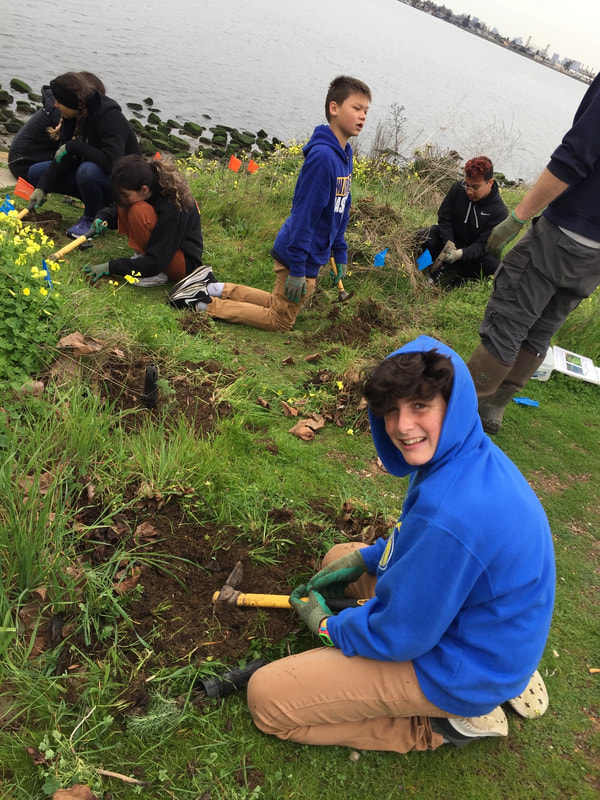
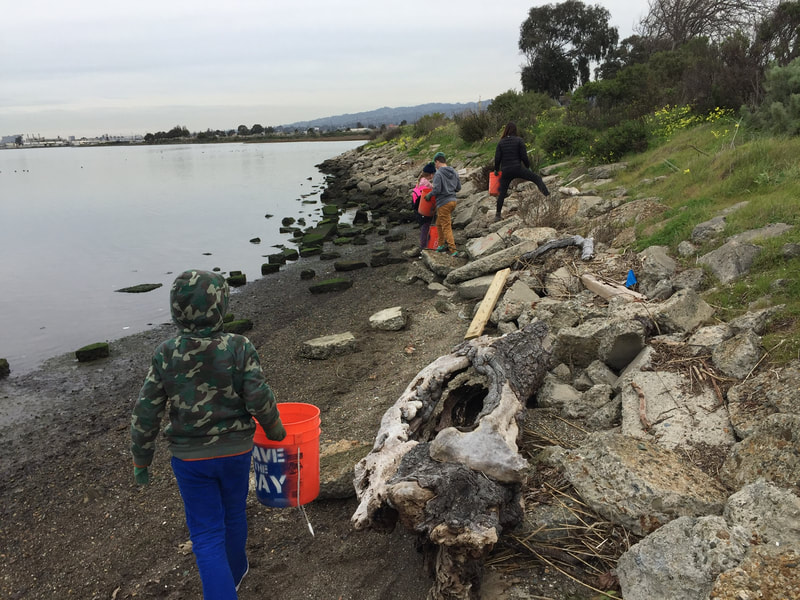
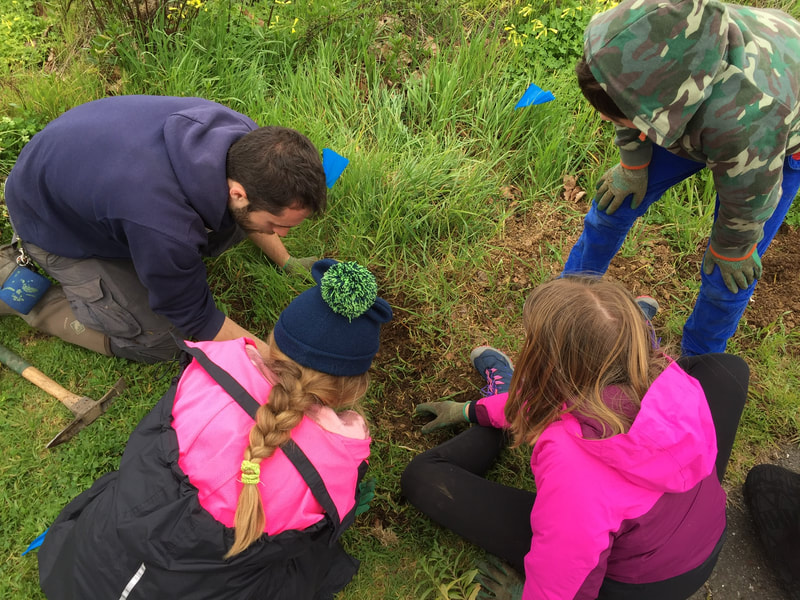

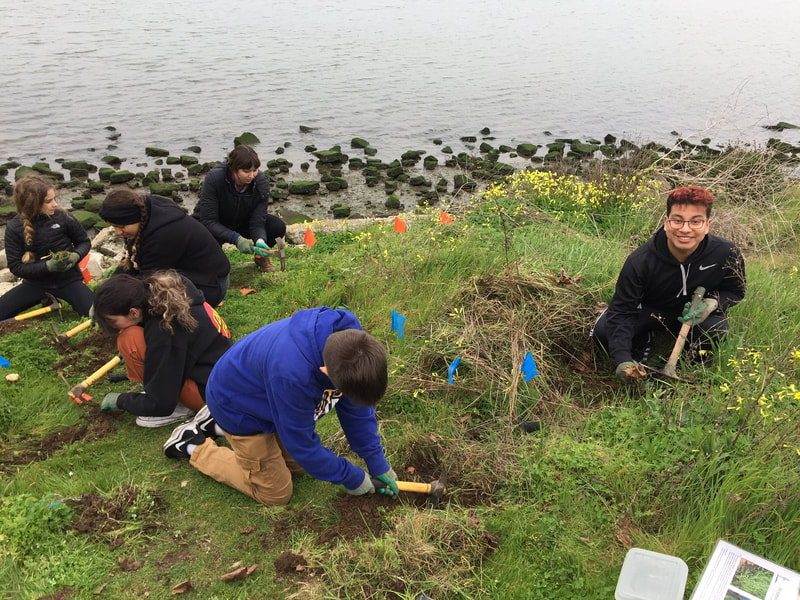
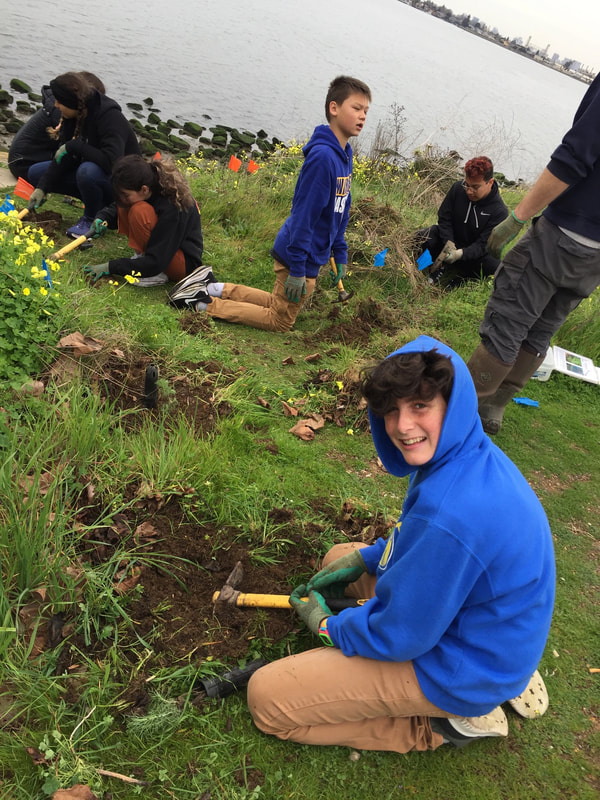
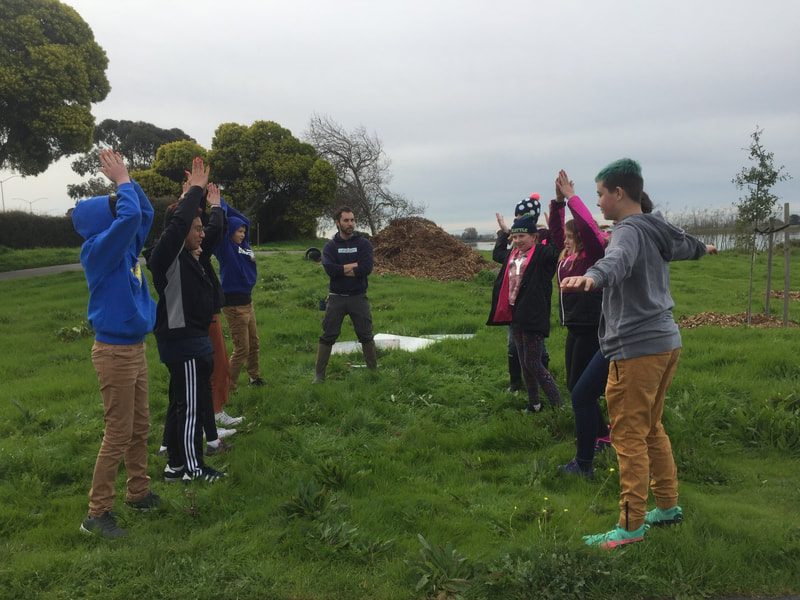

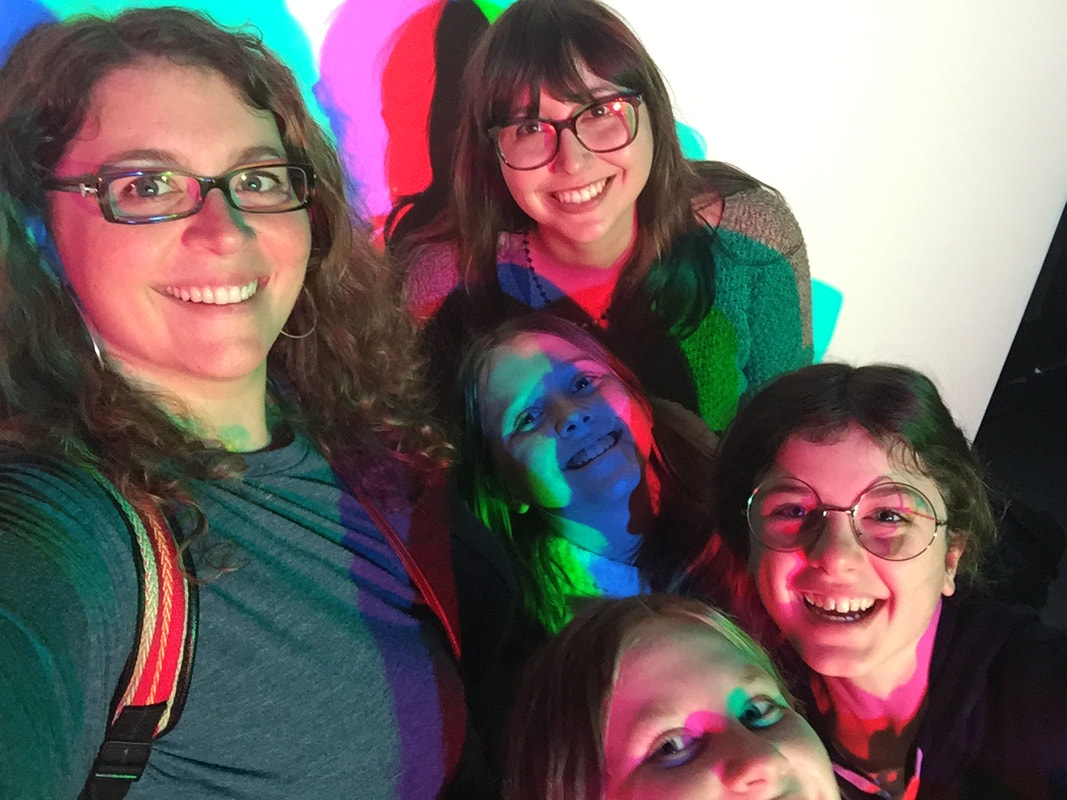
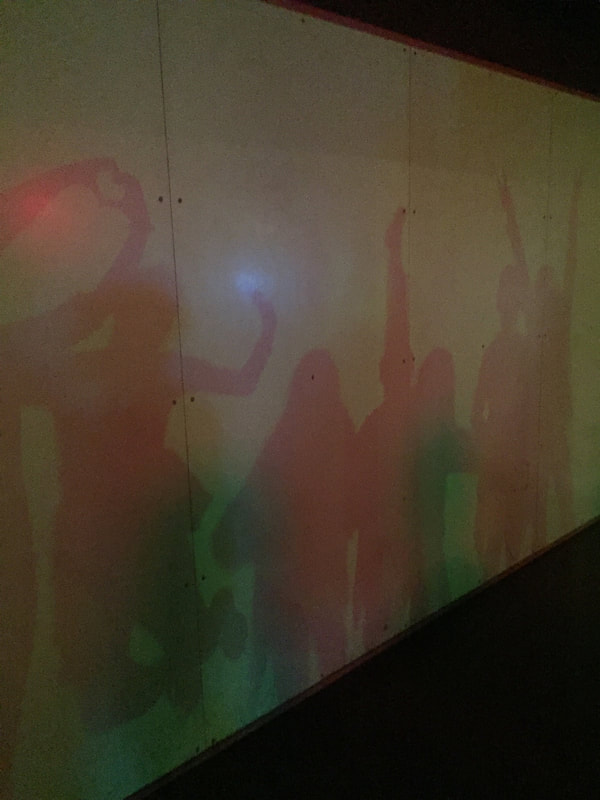
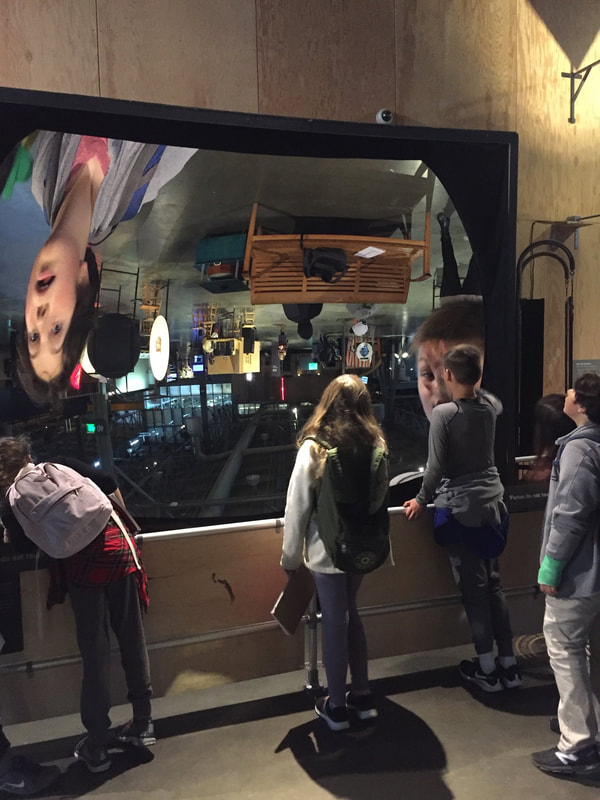
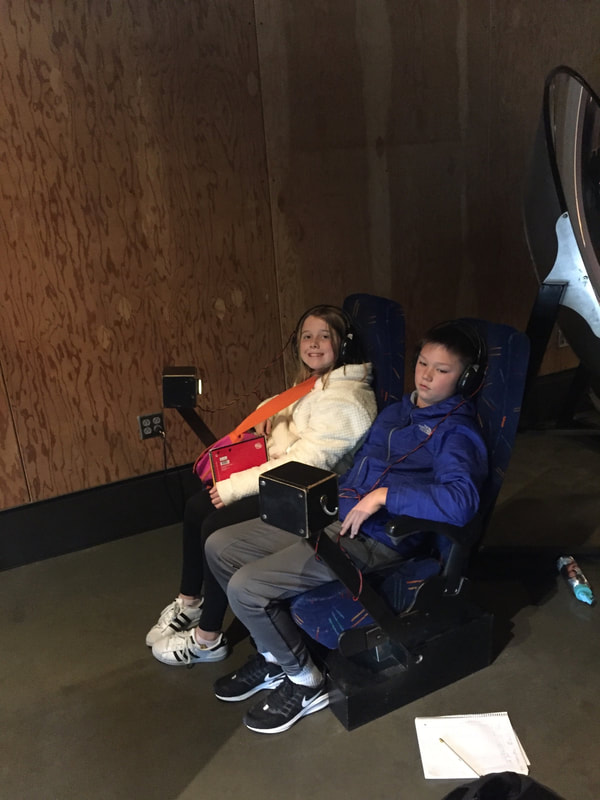
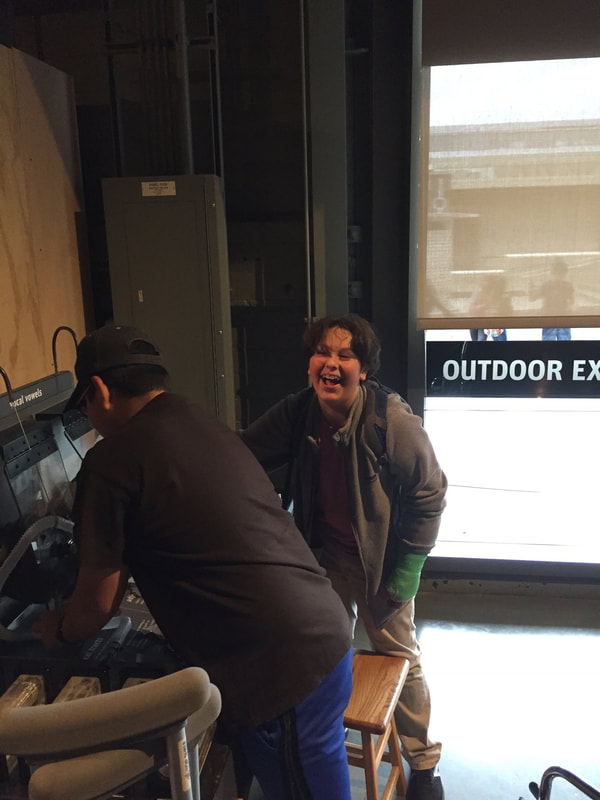
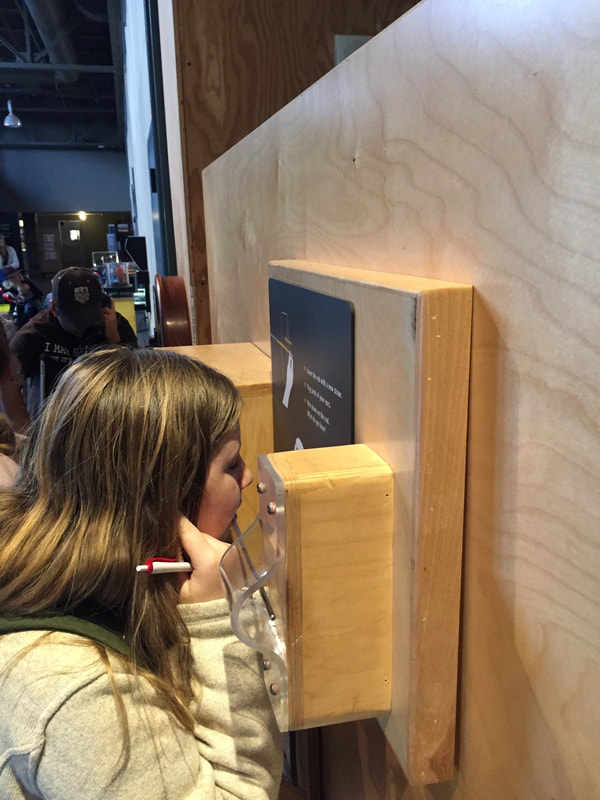
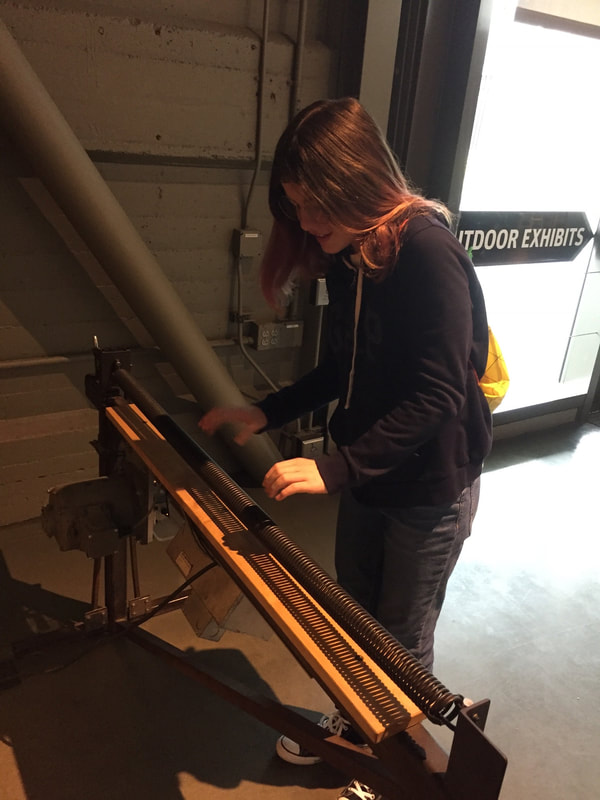
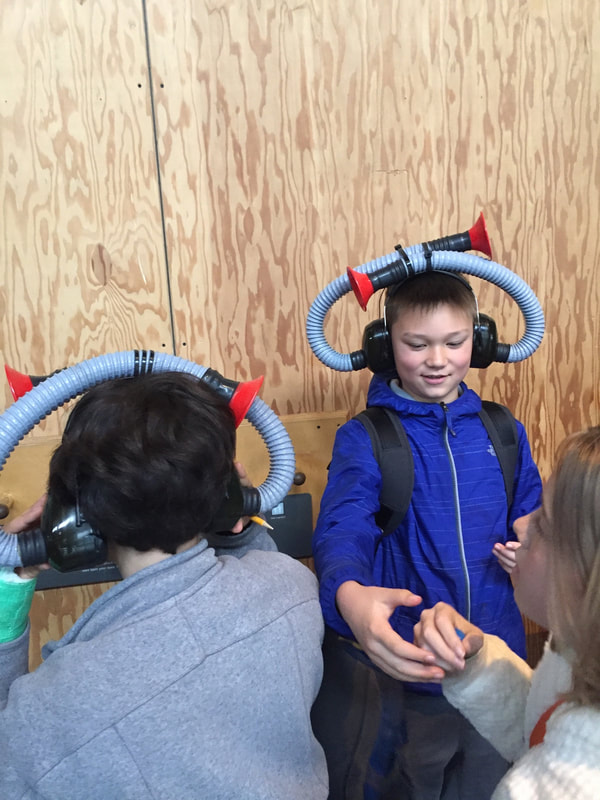
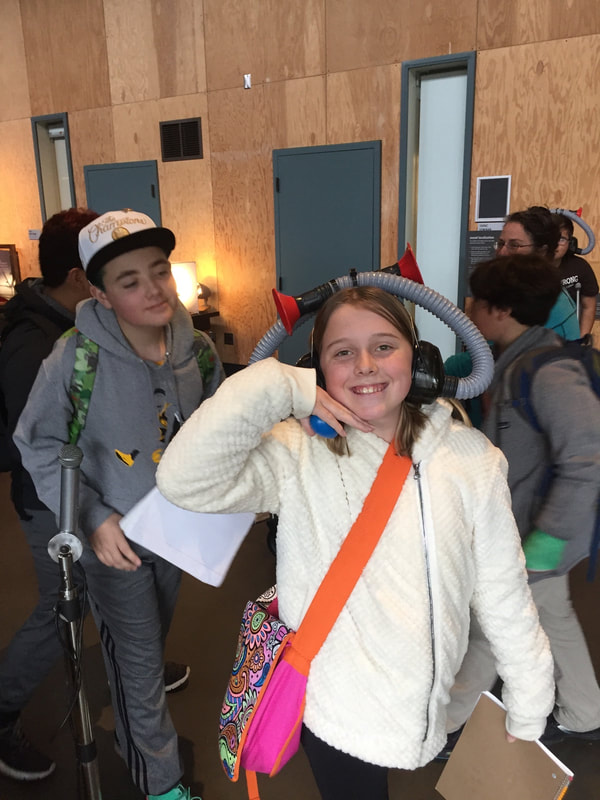
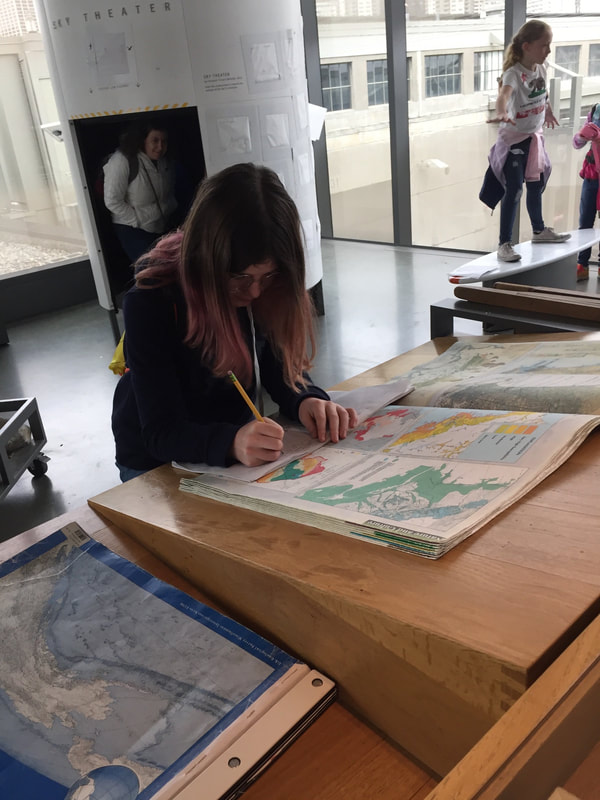

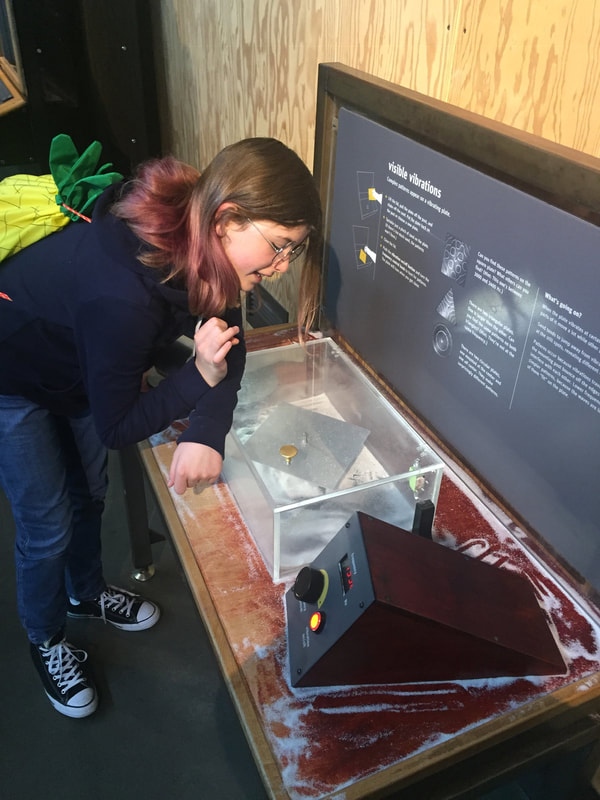
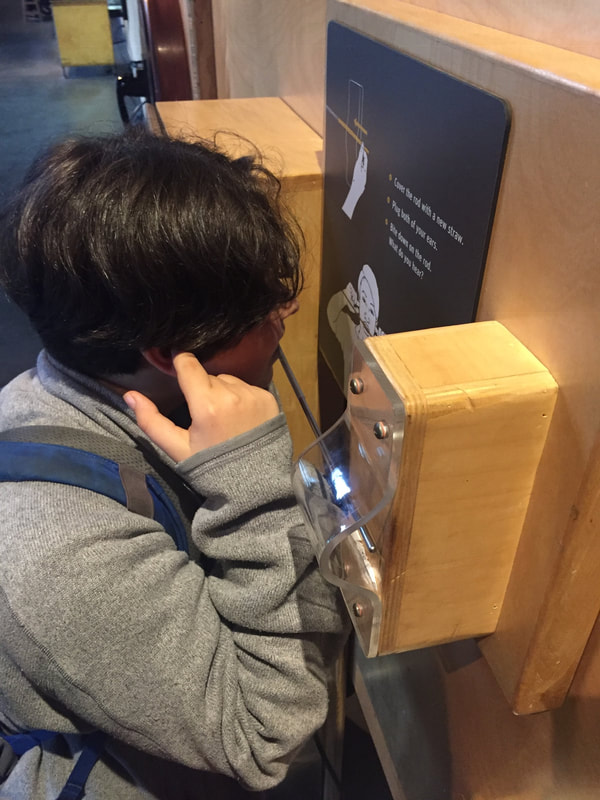
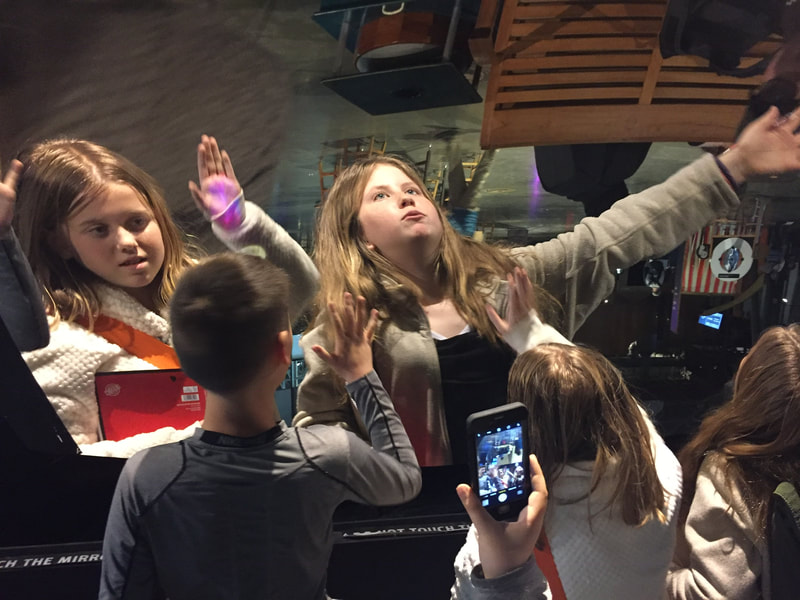

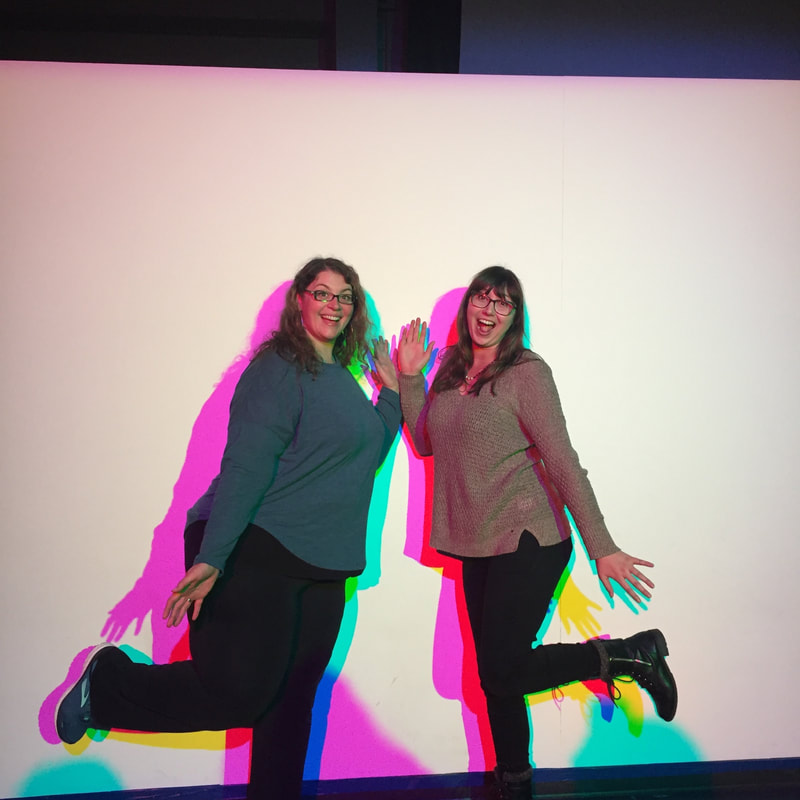
 RSS Feed
RSS Feed